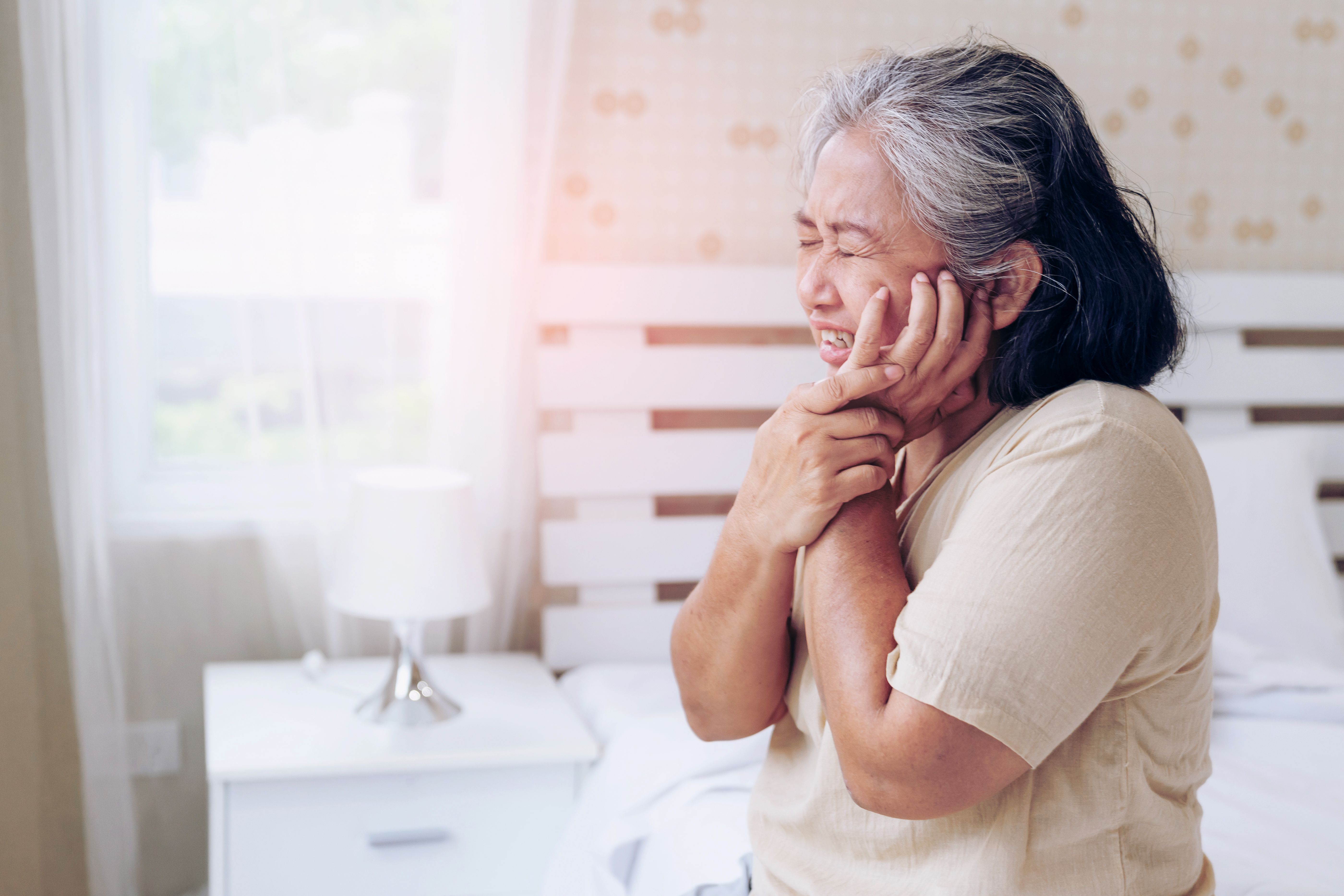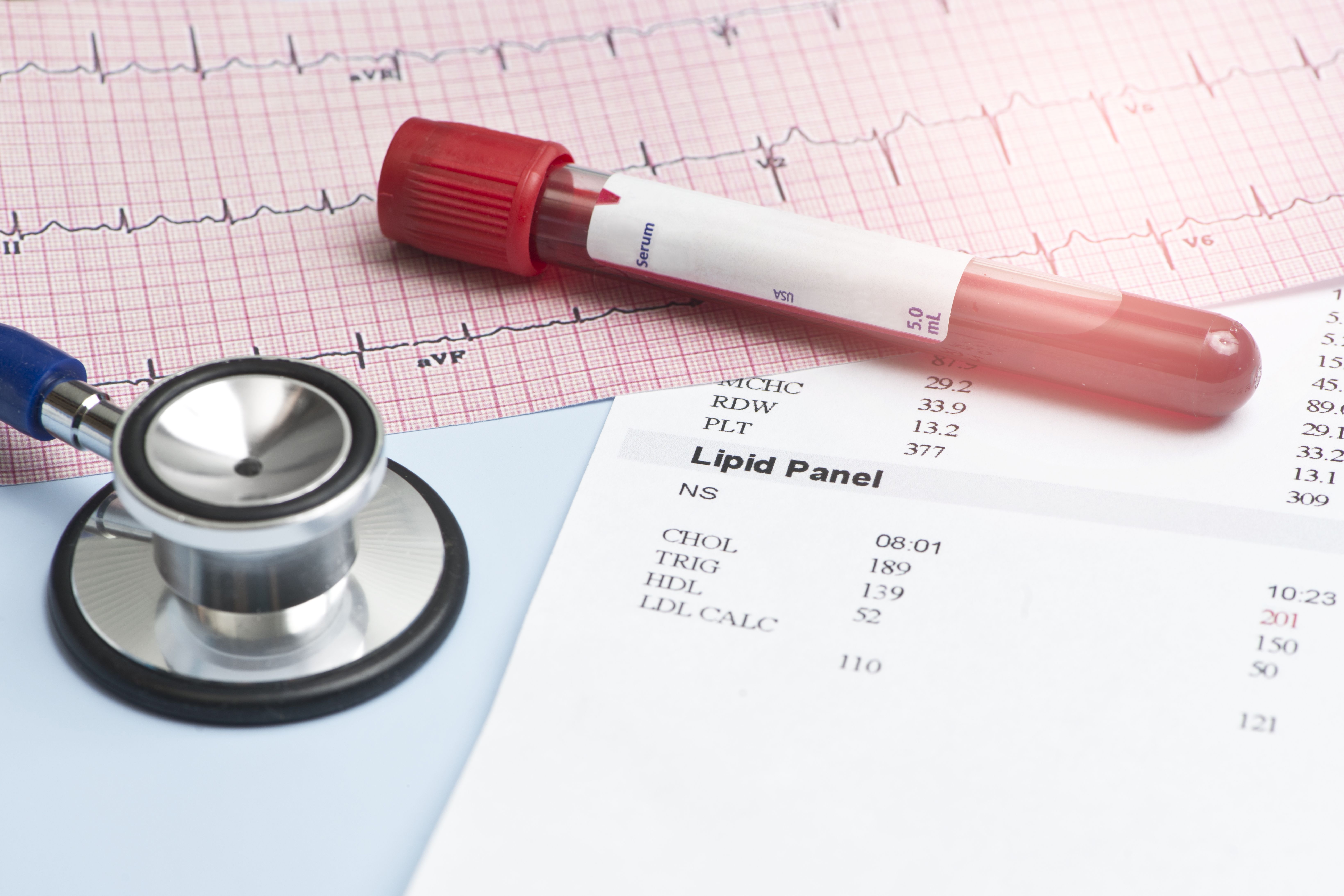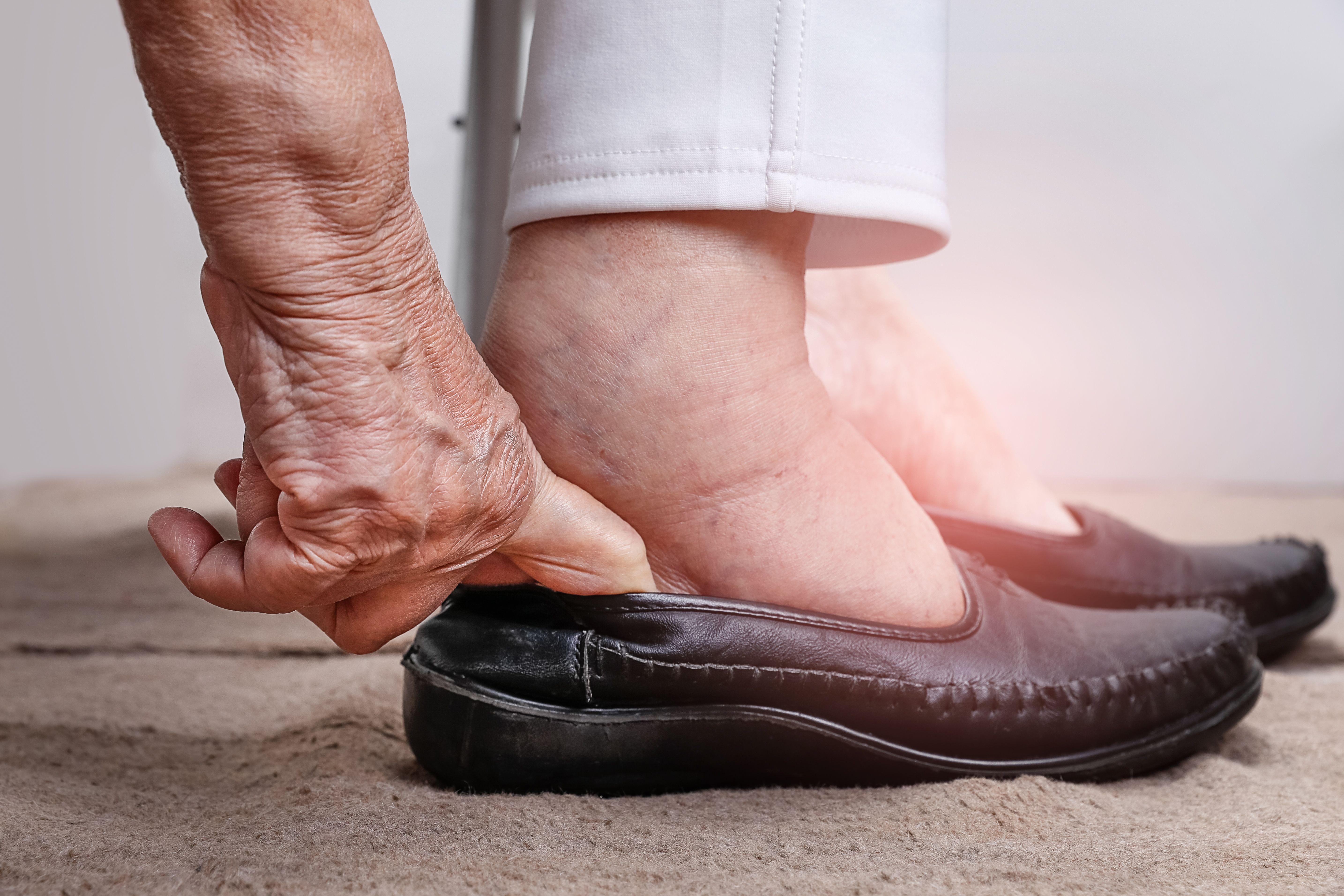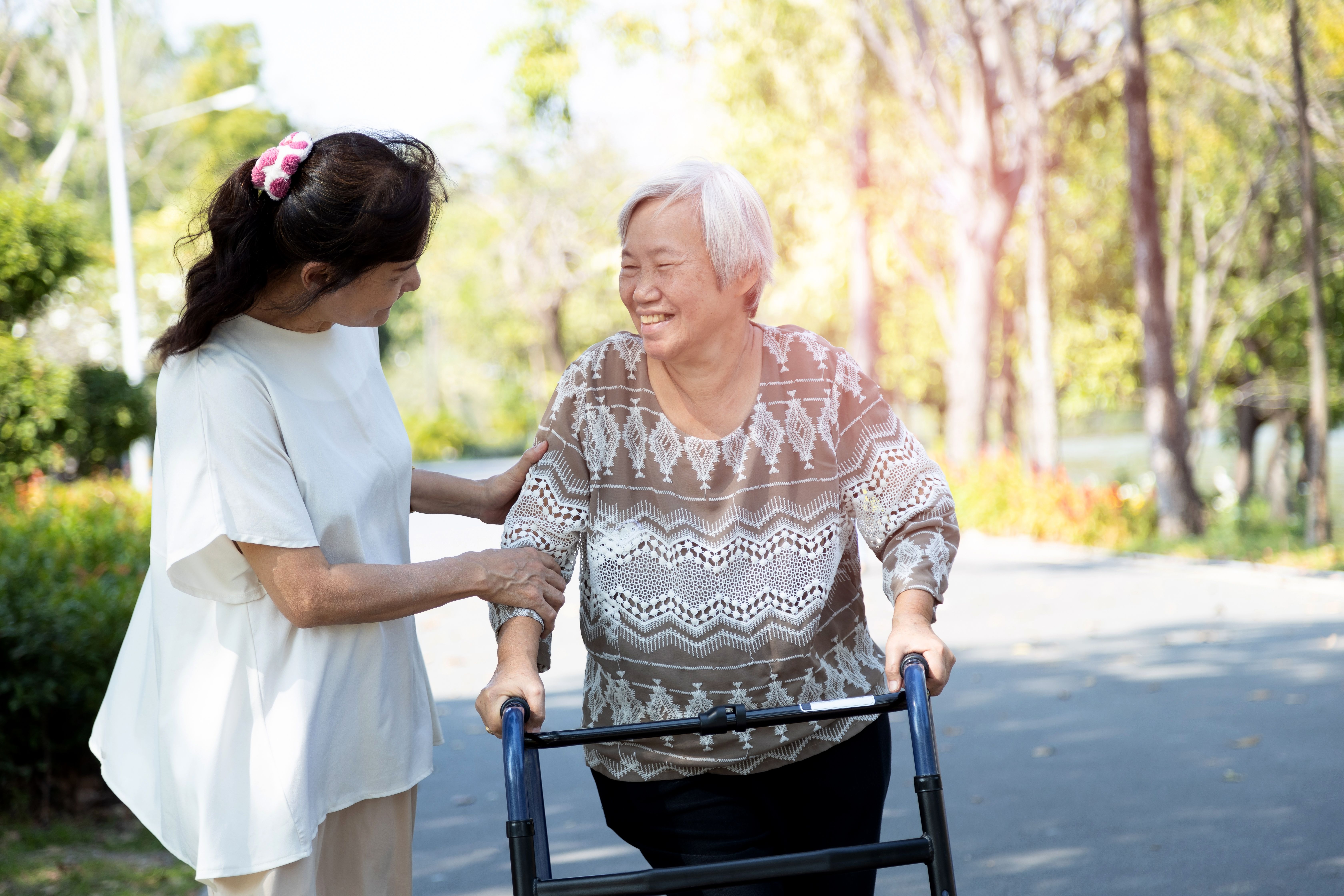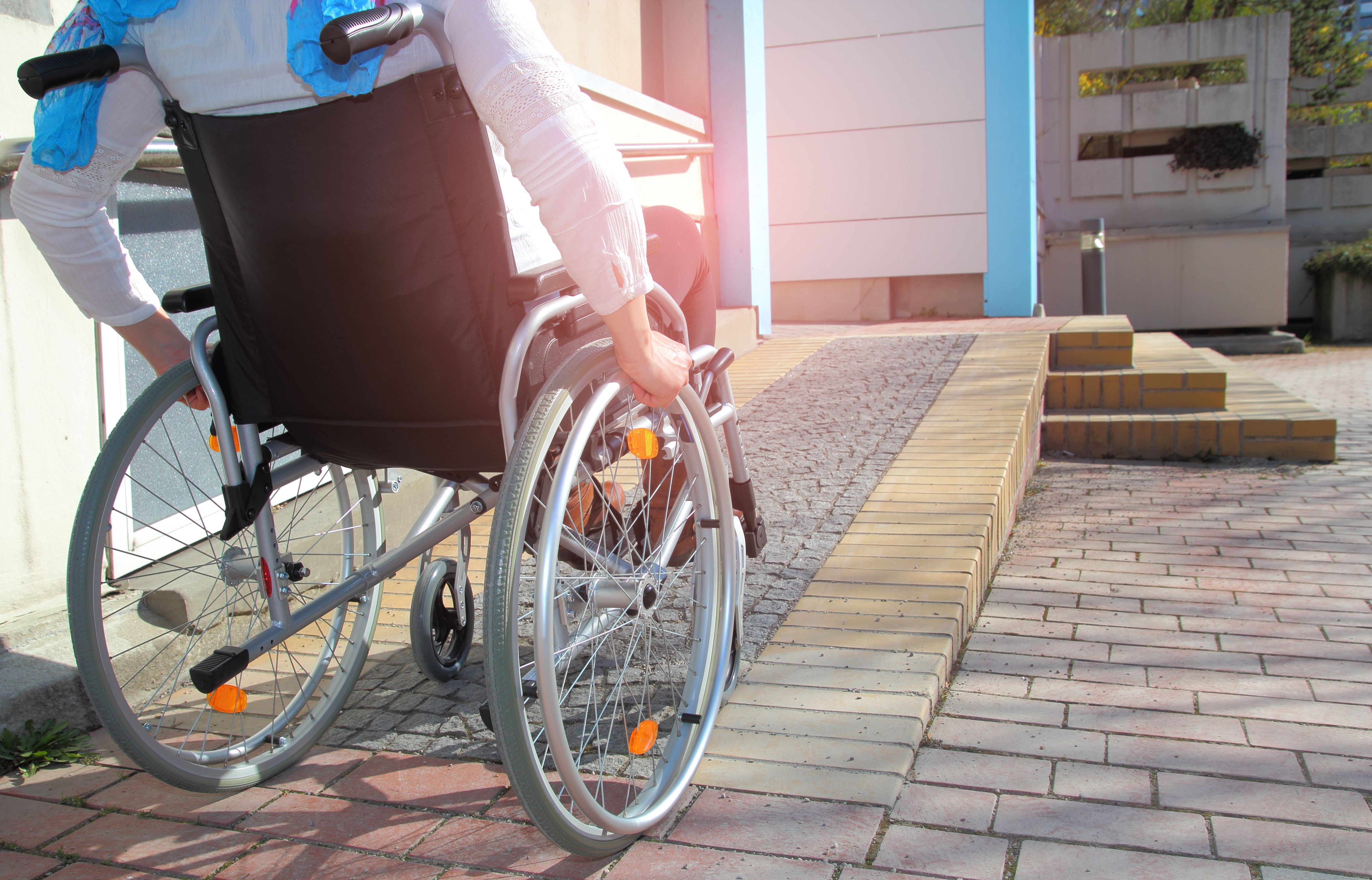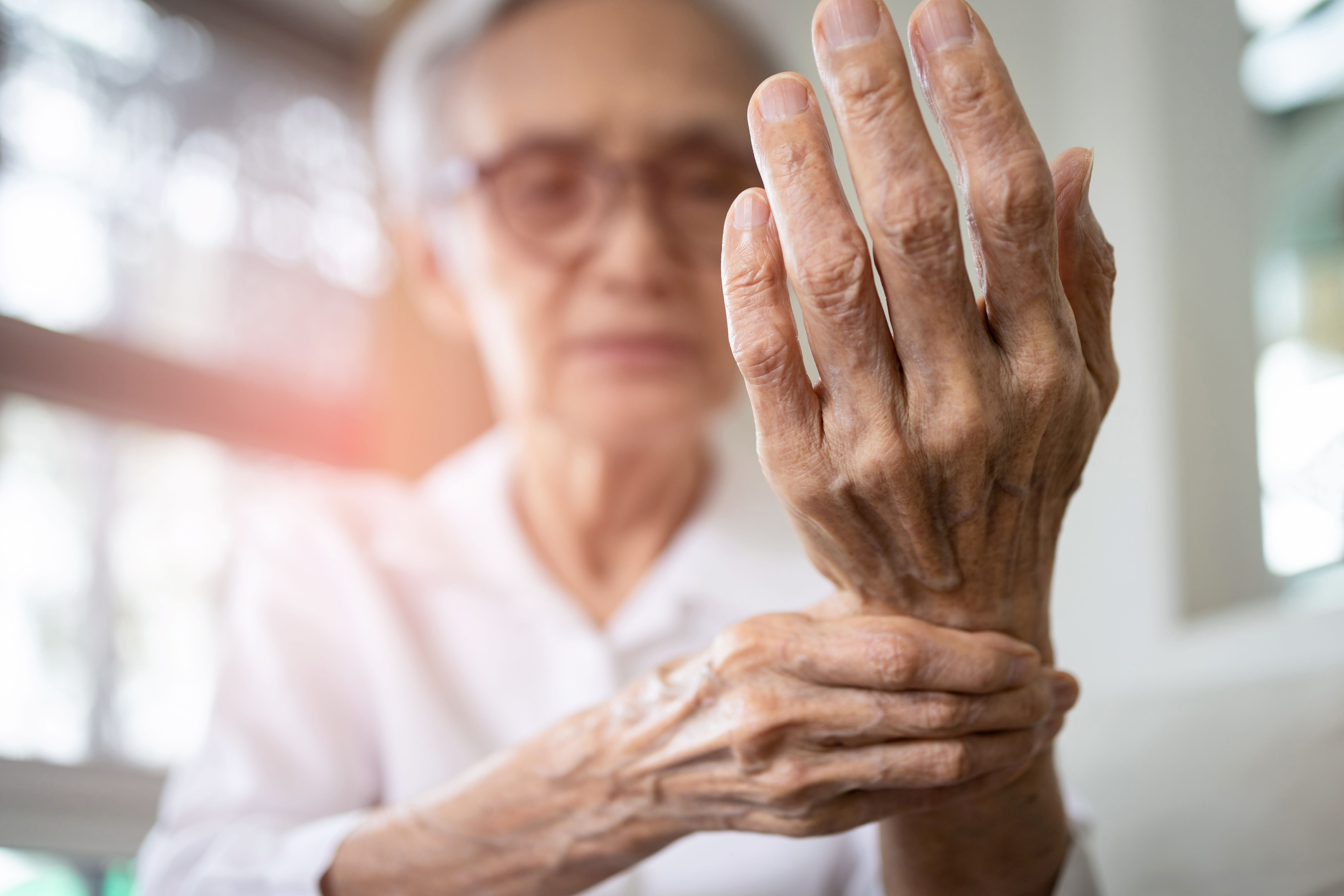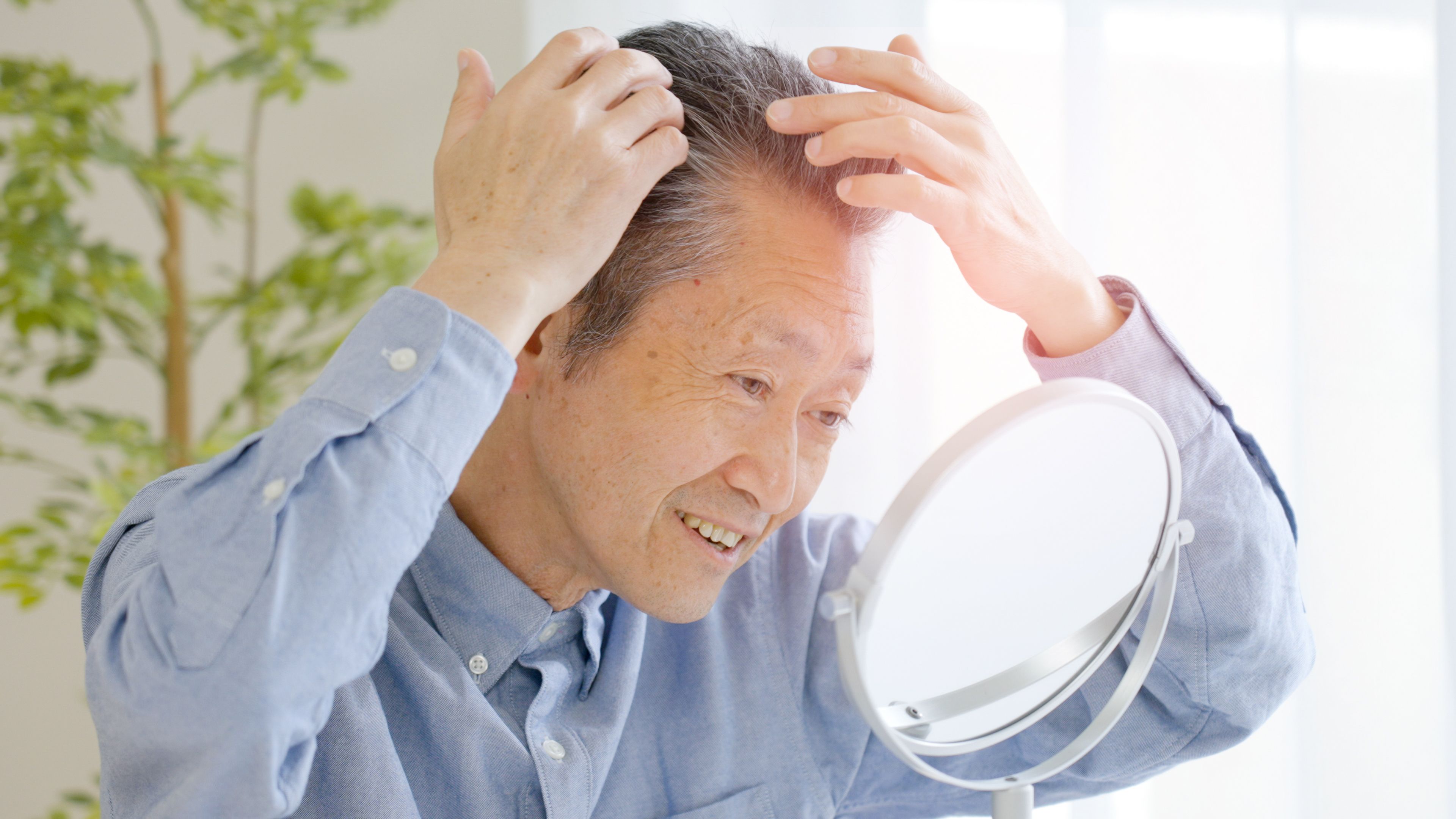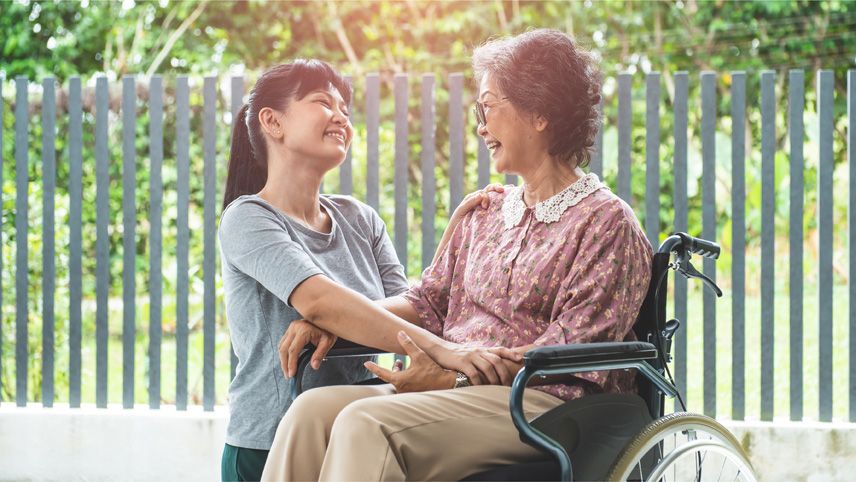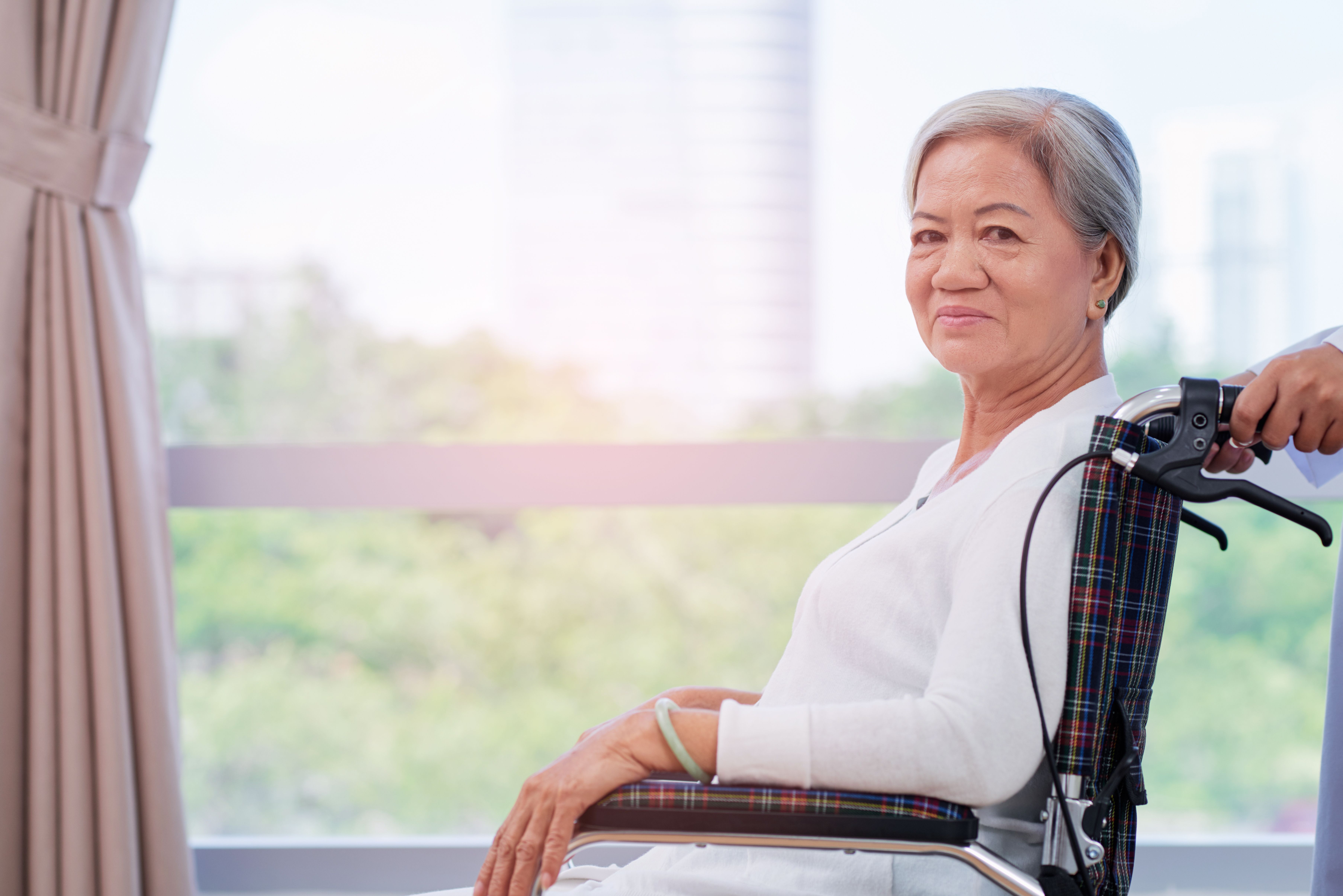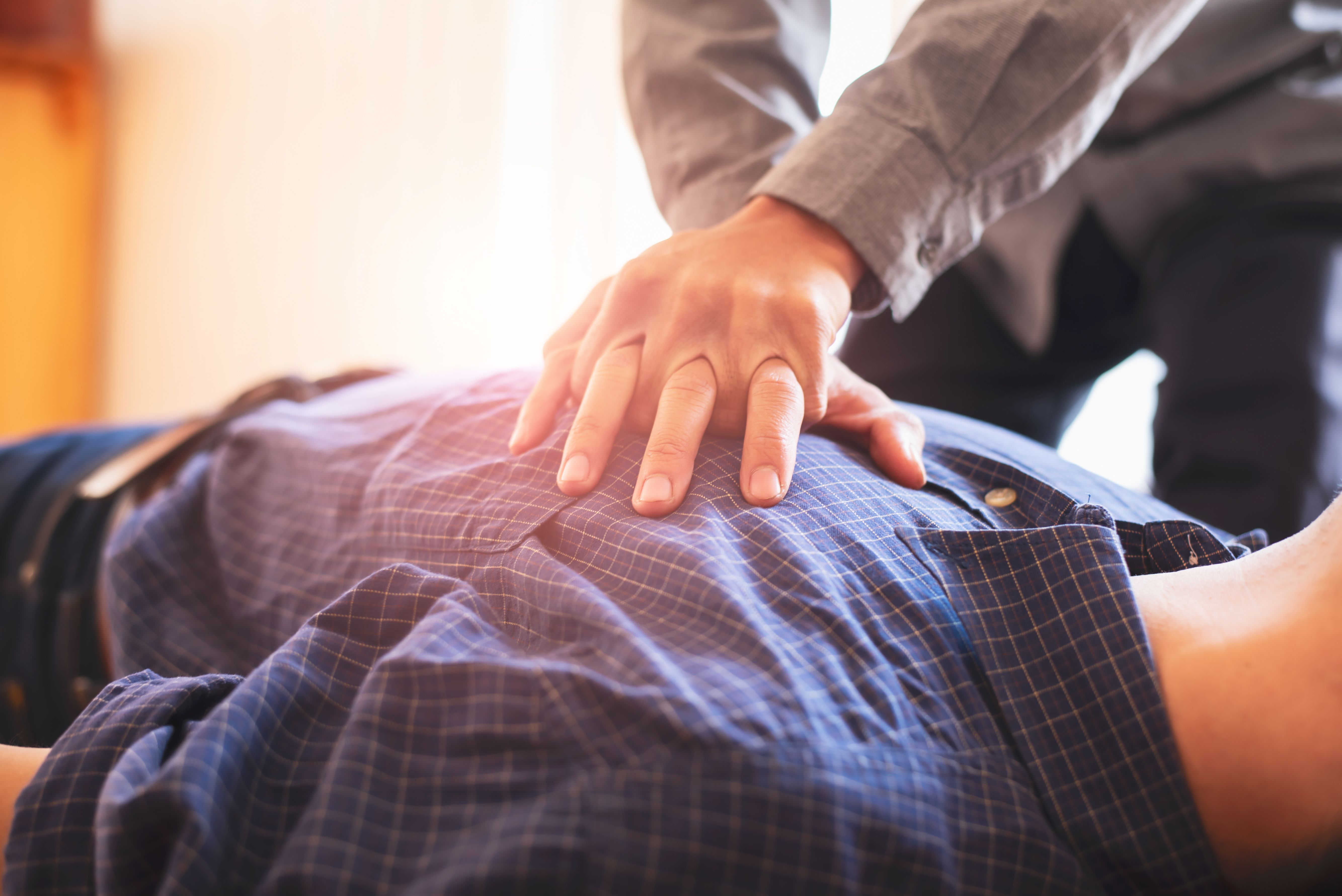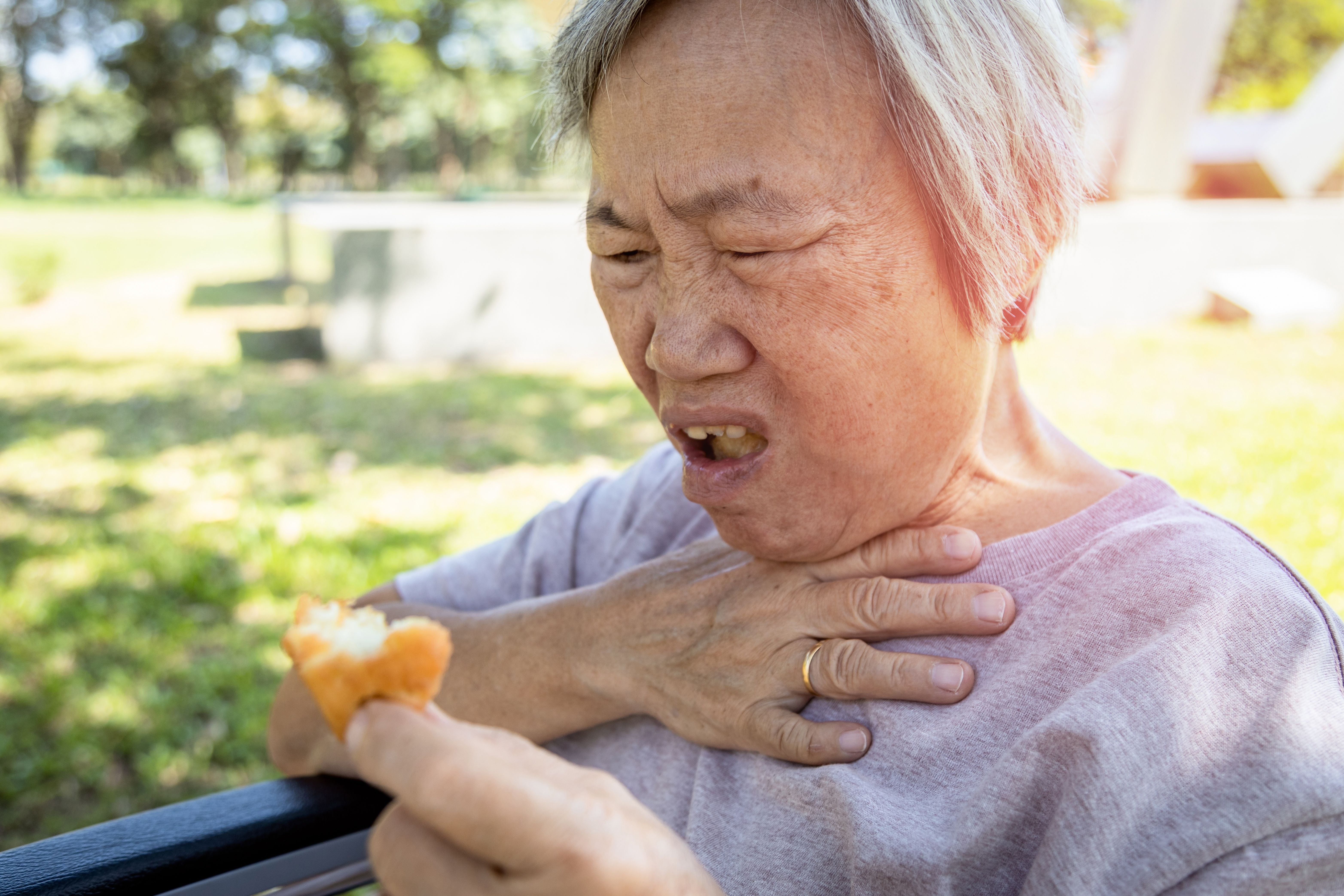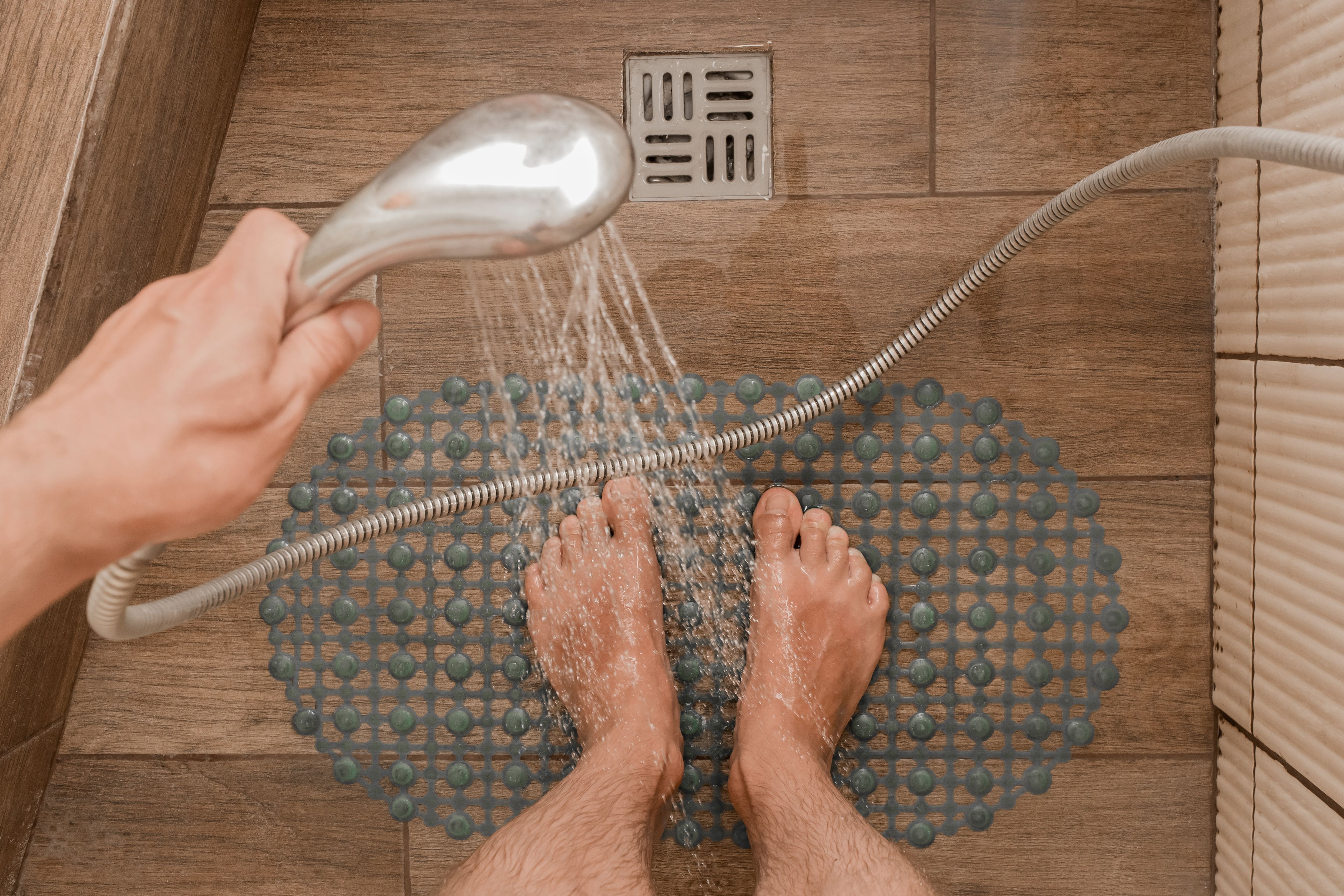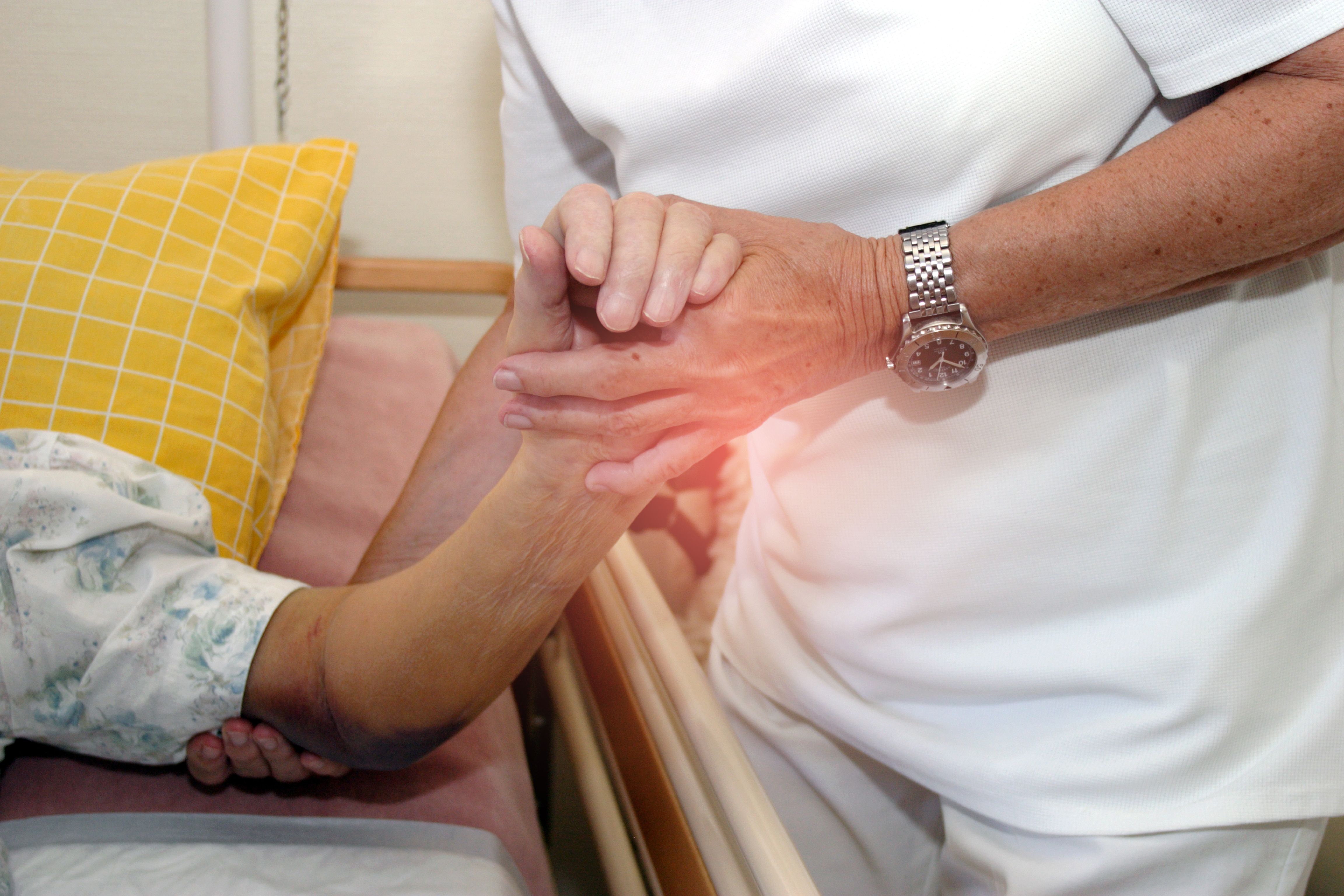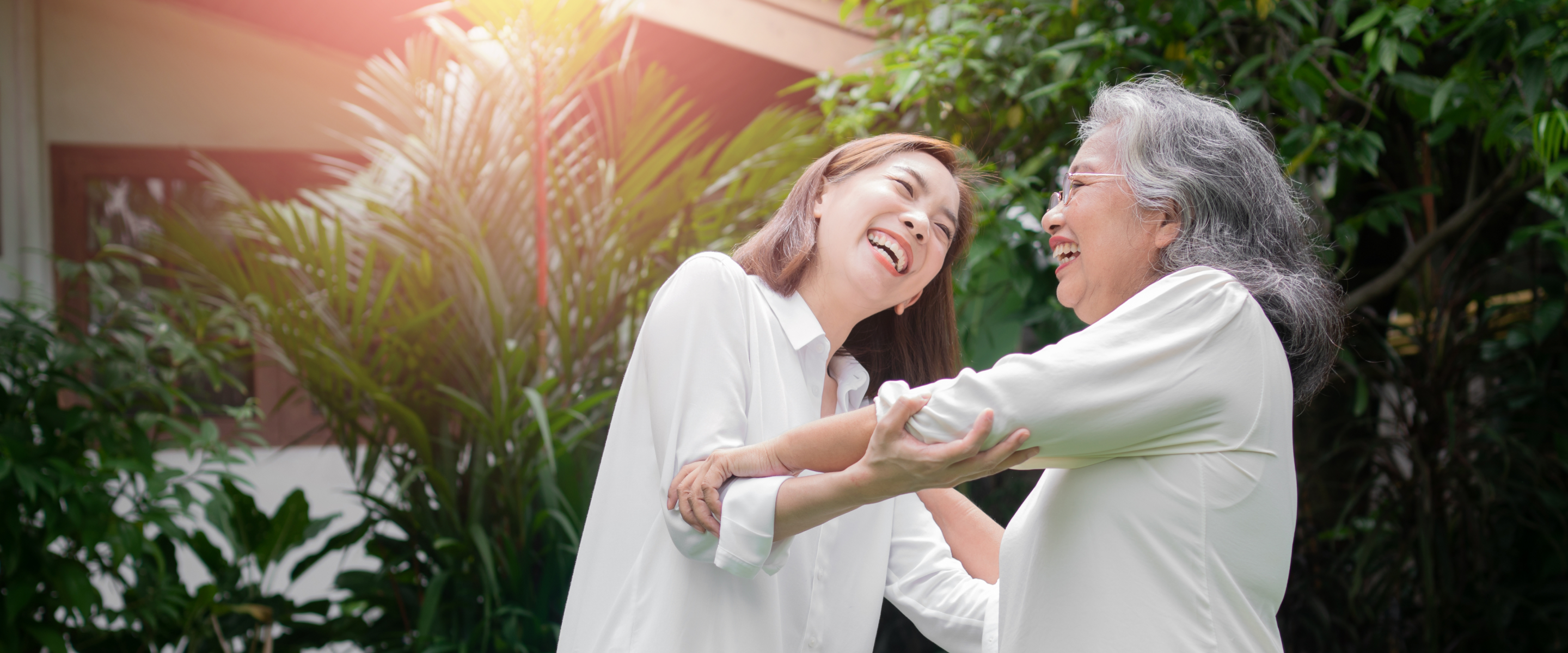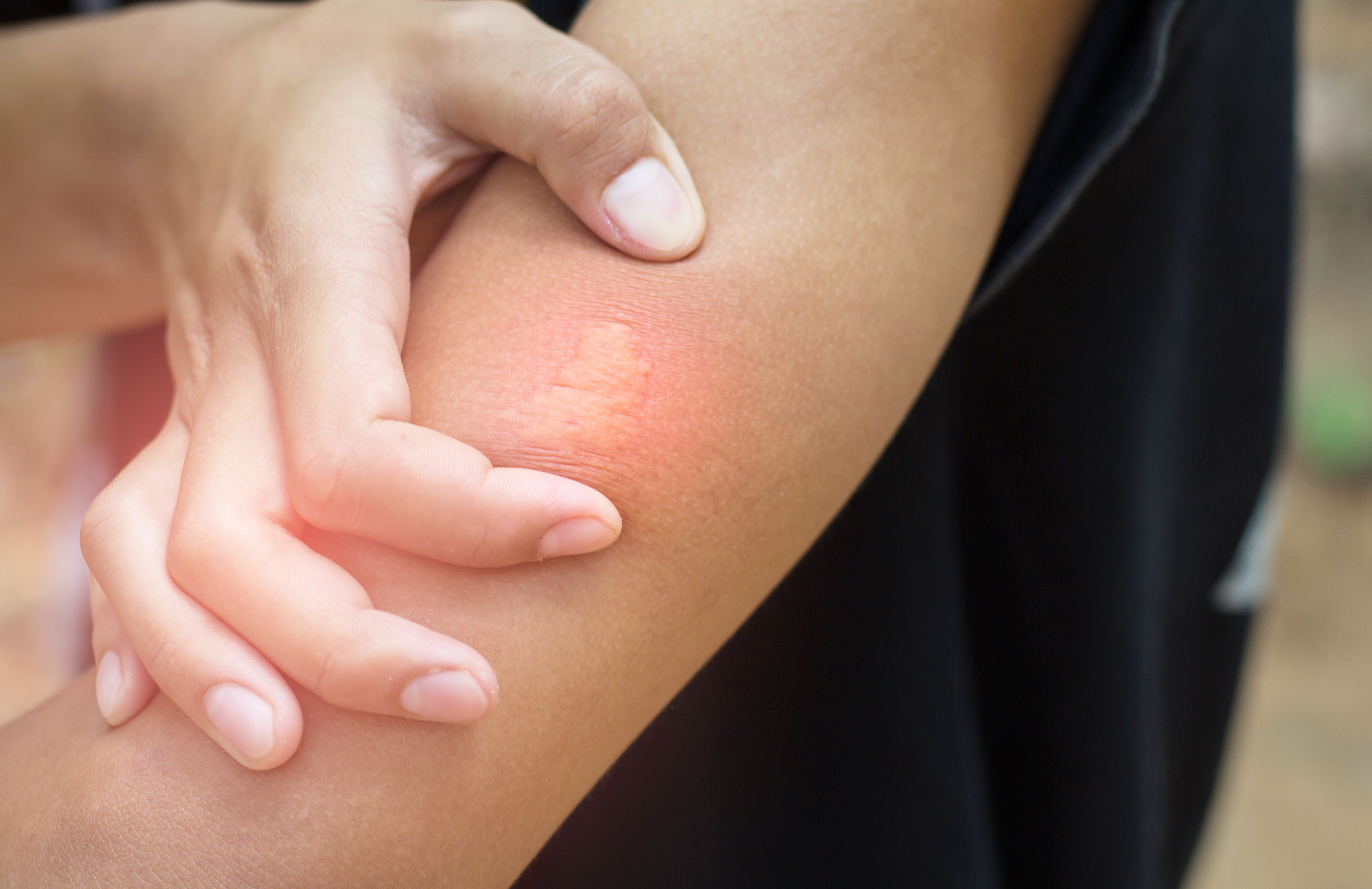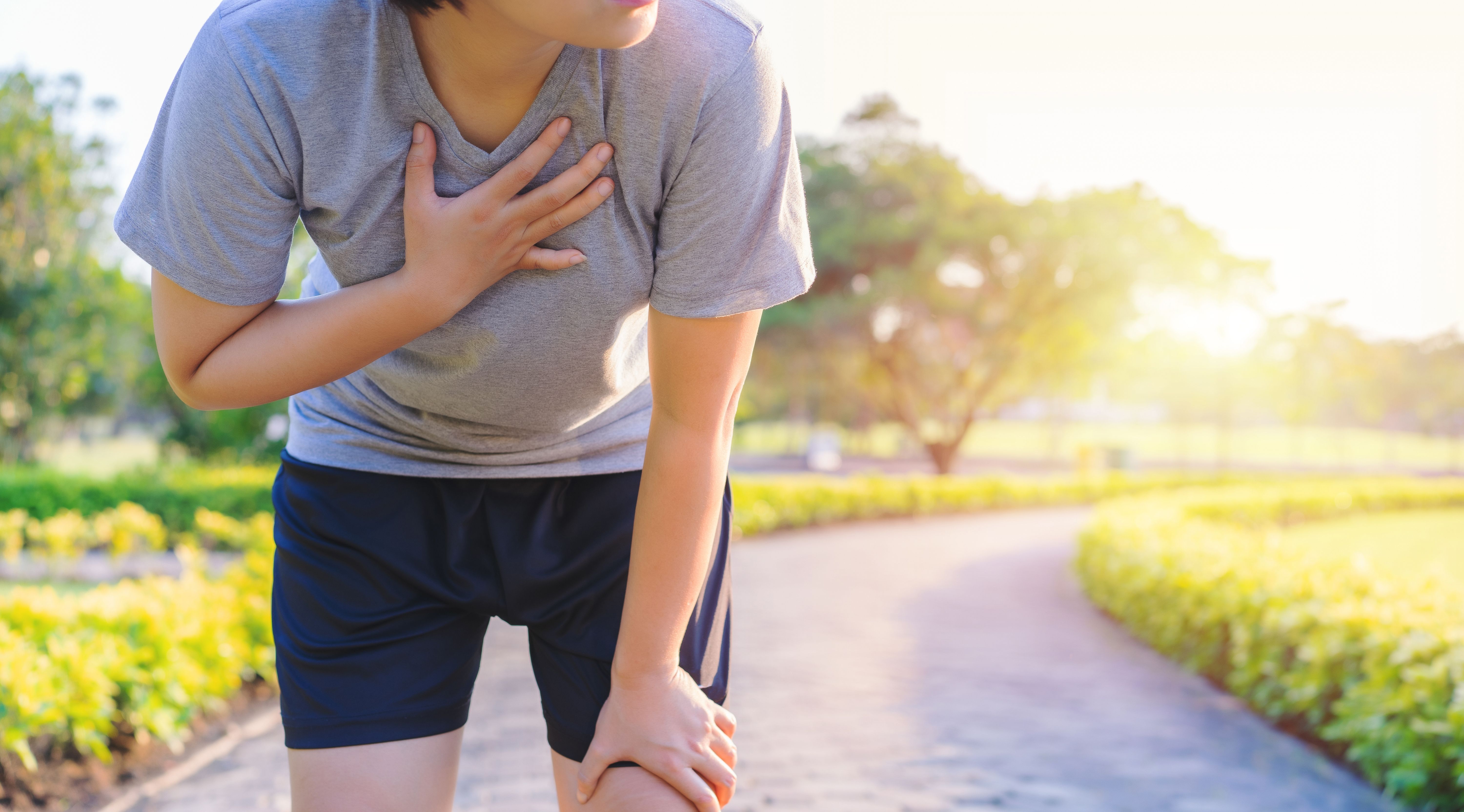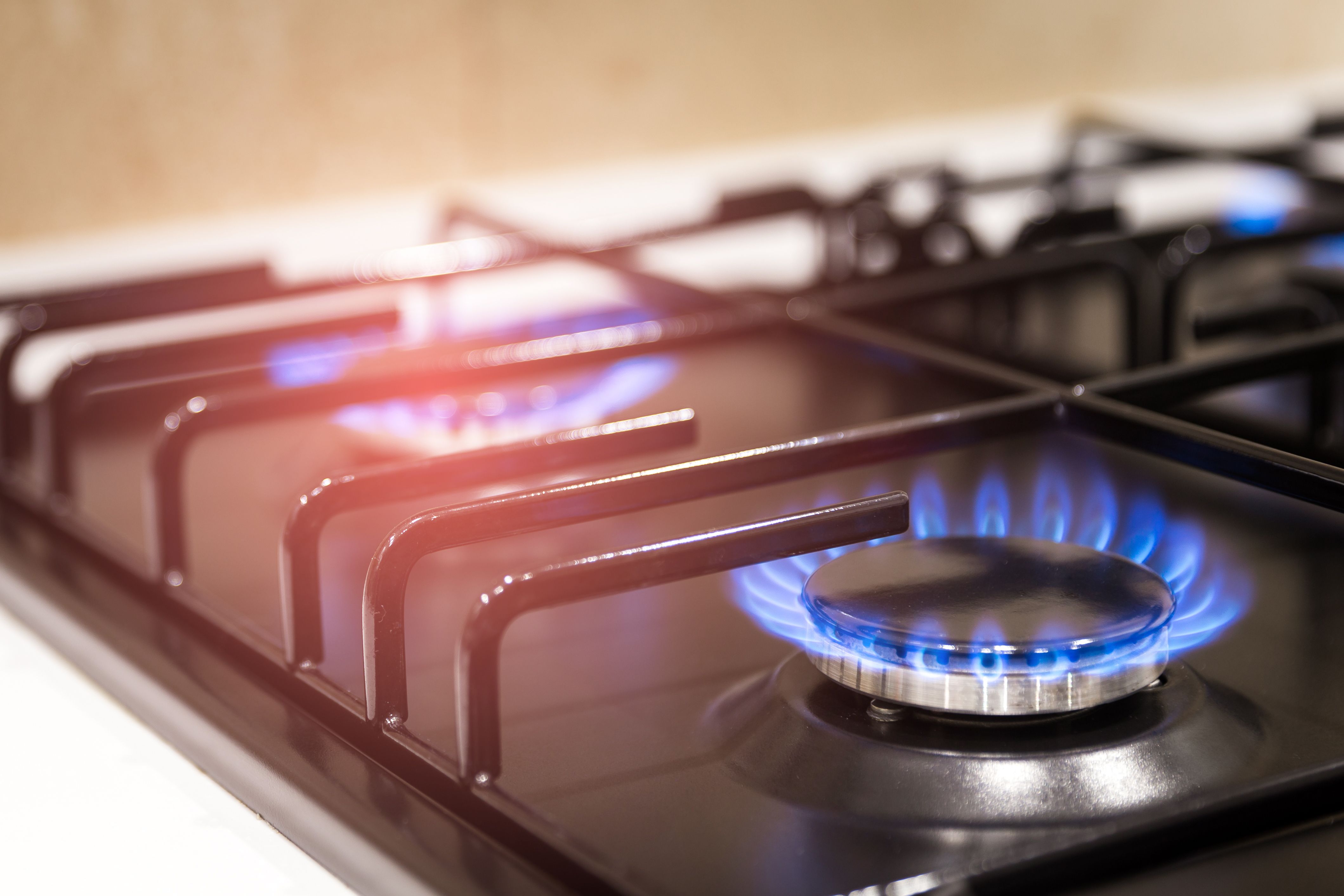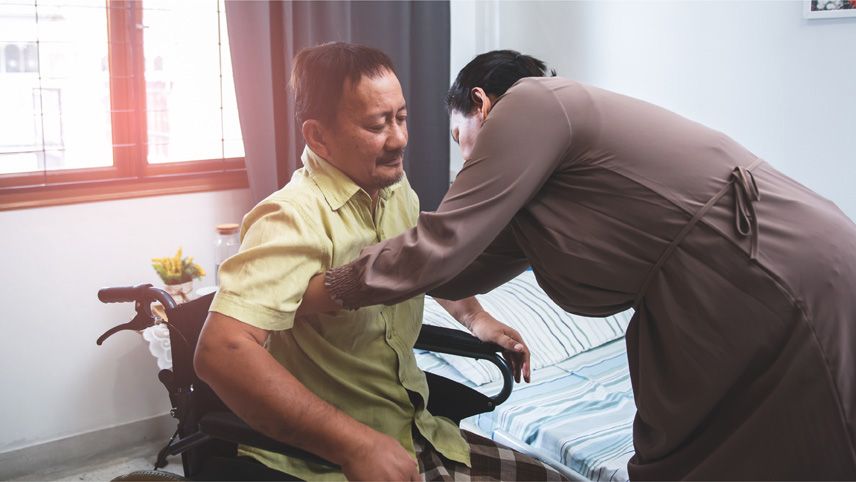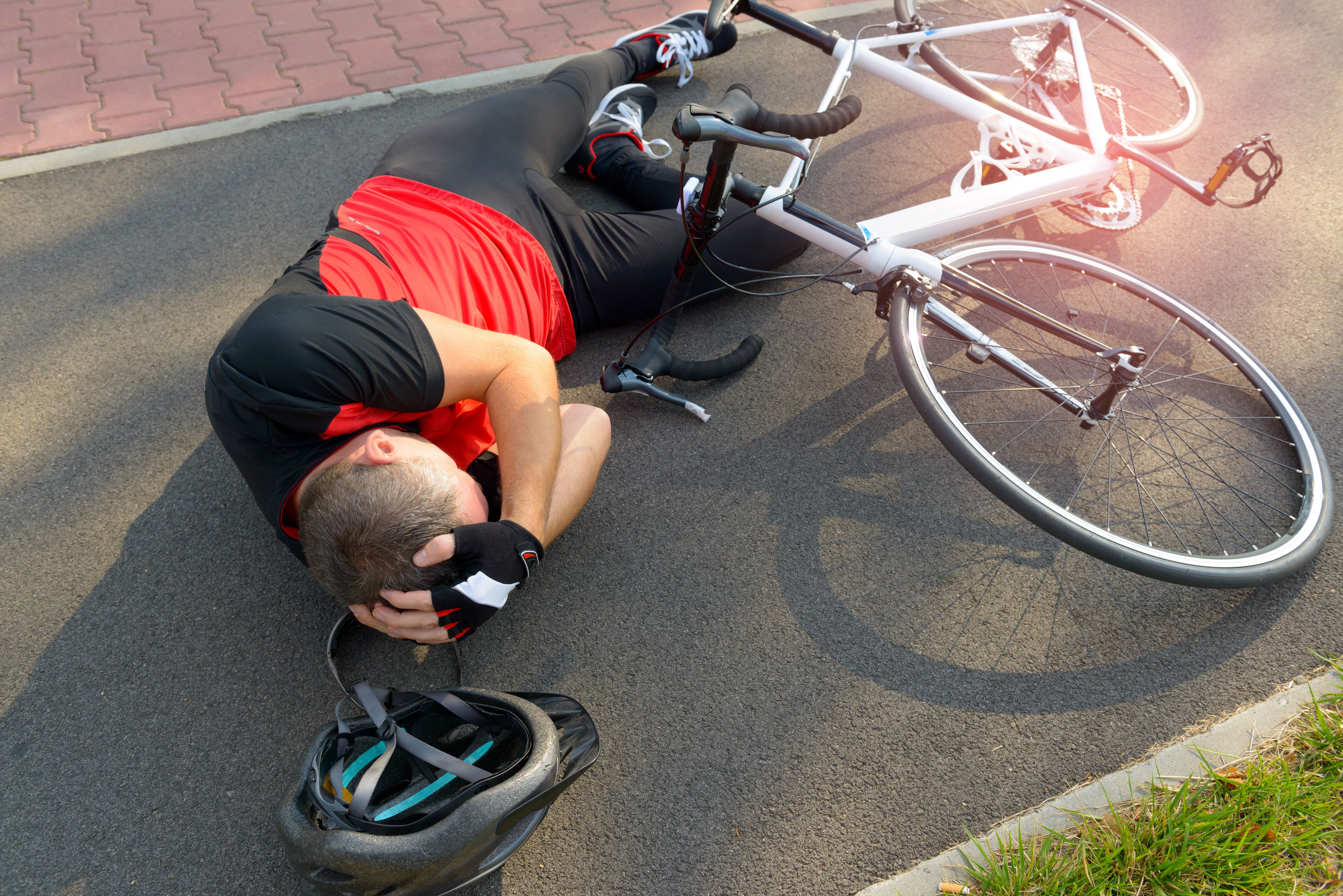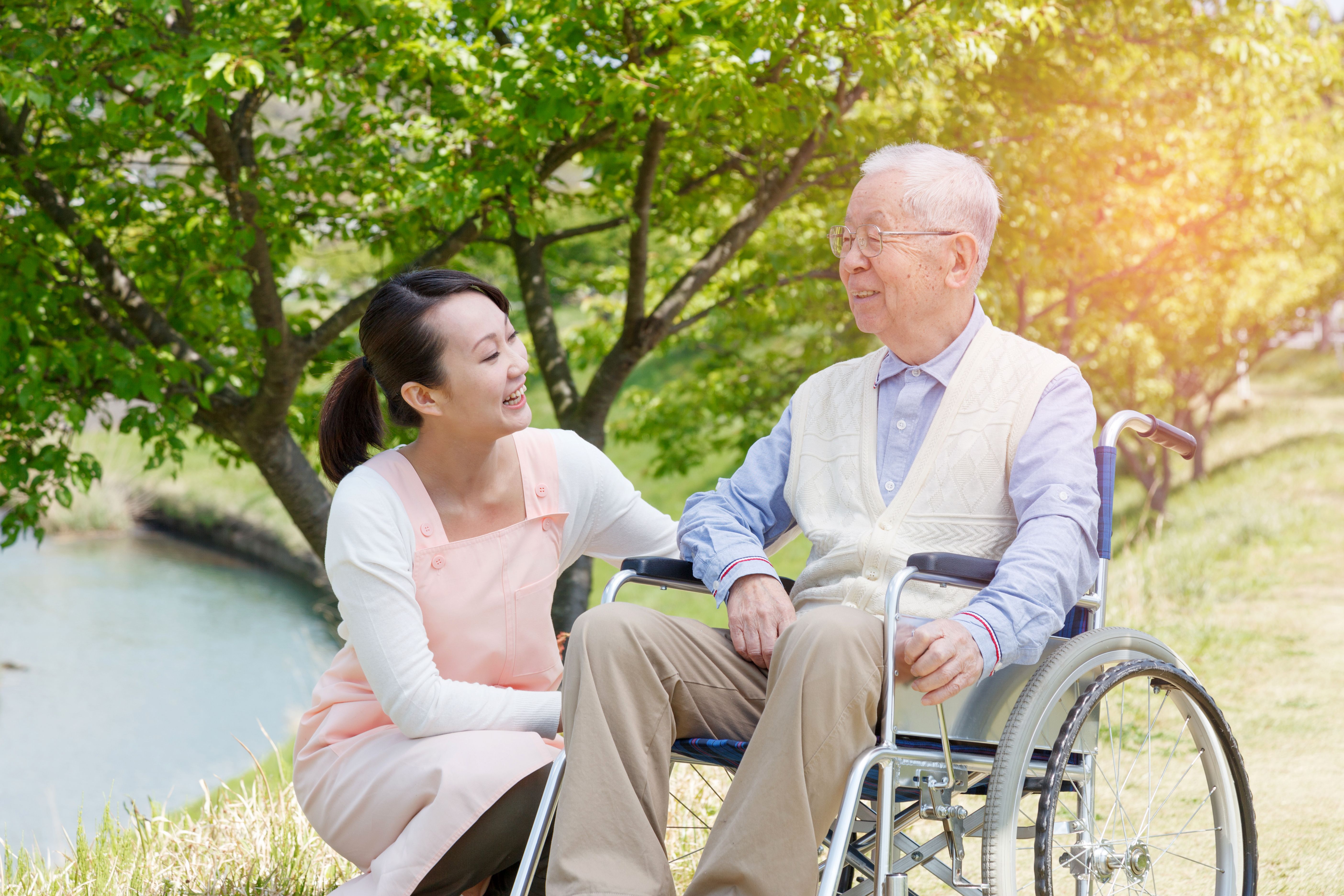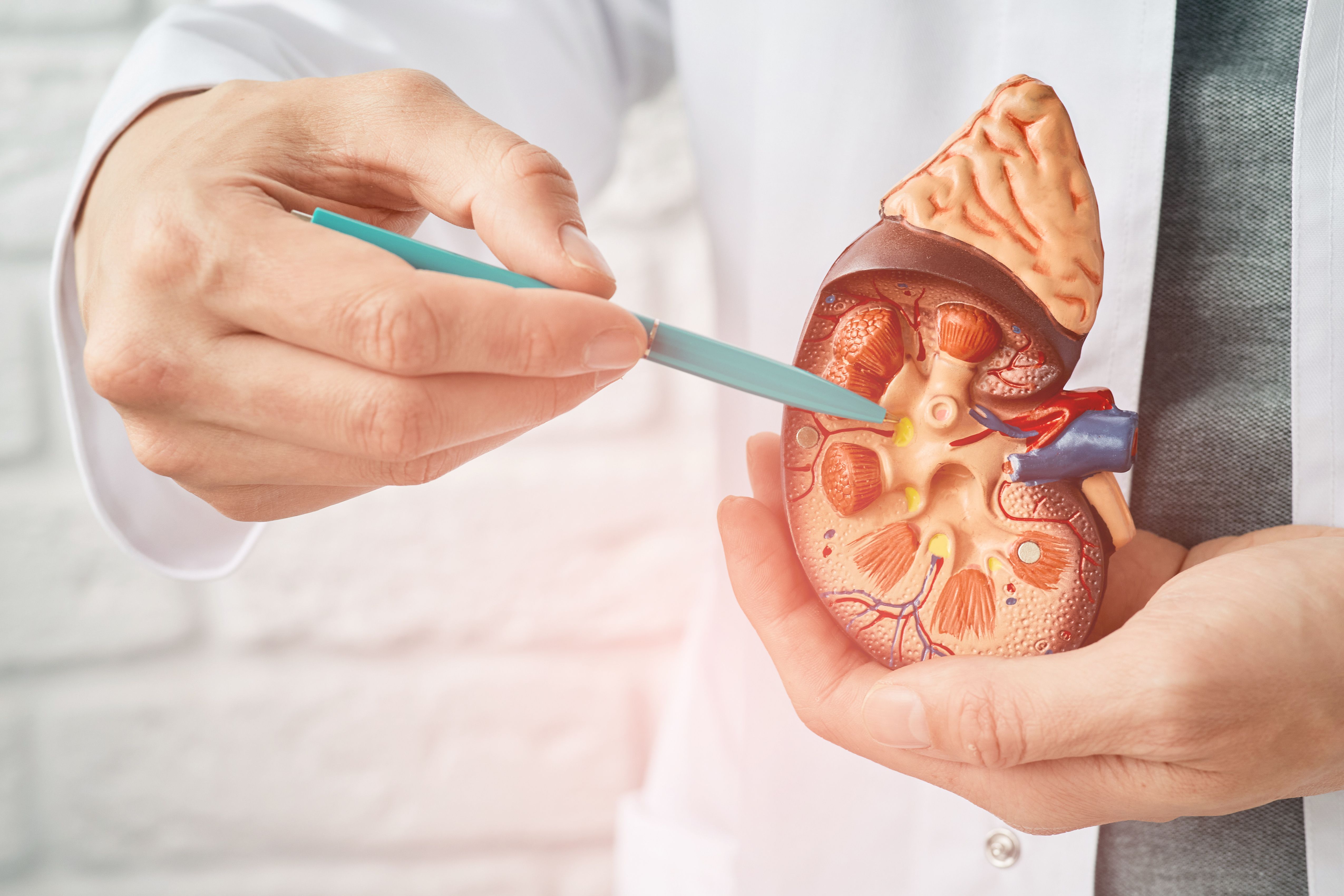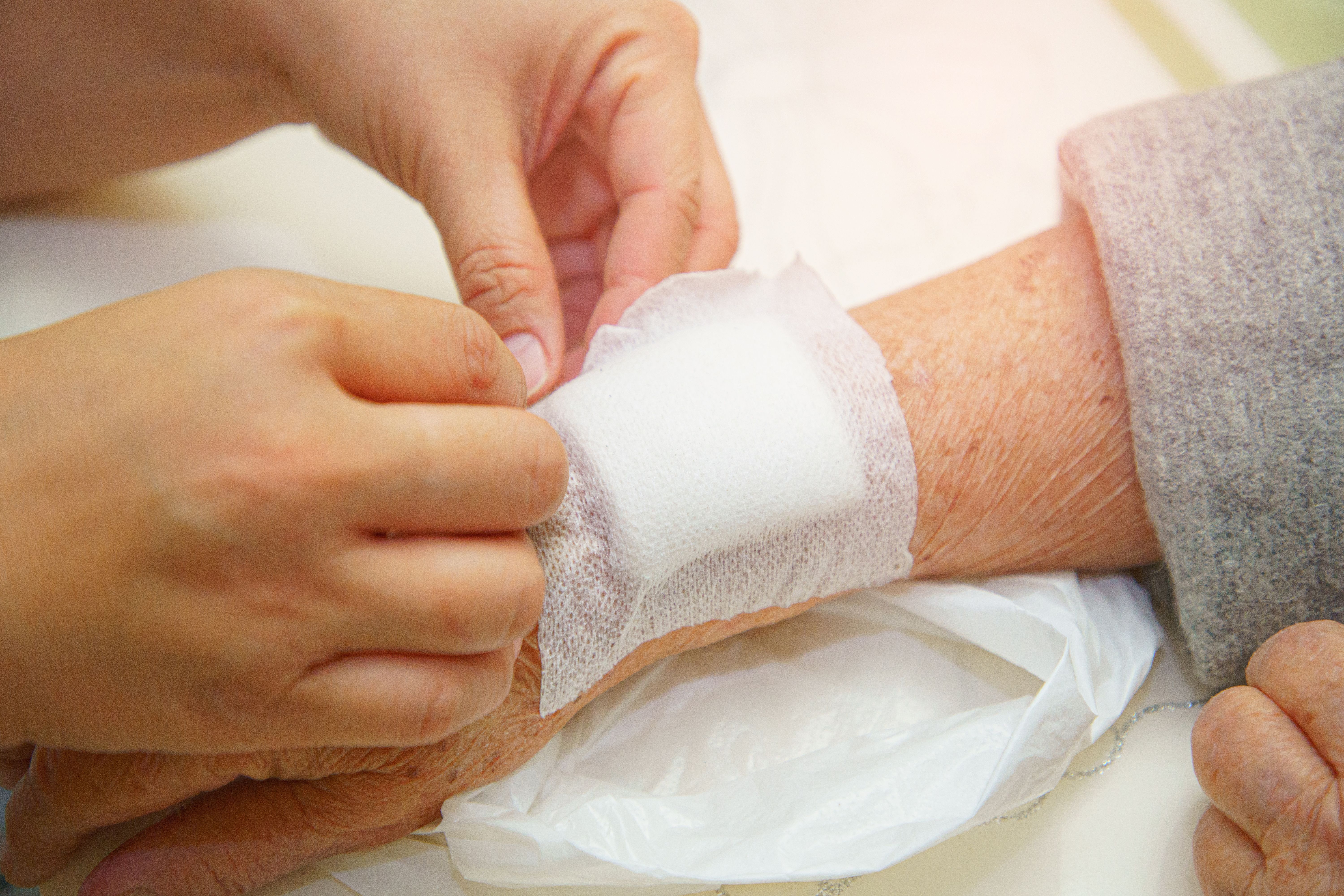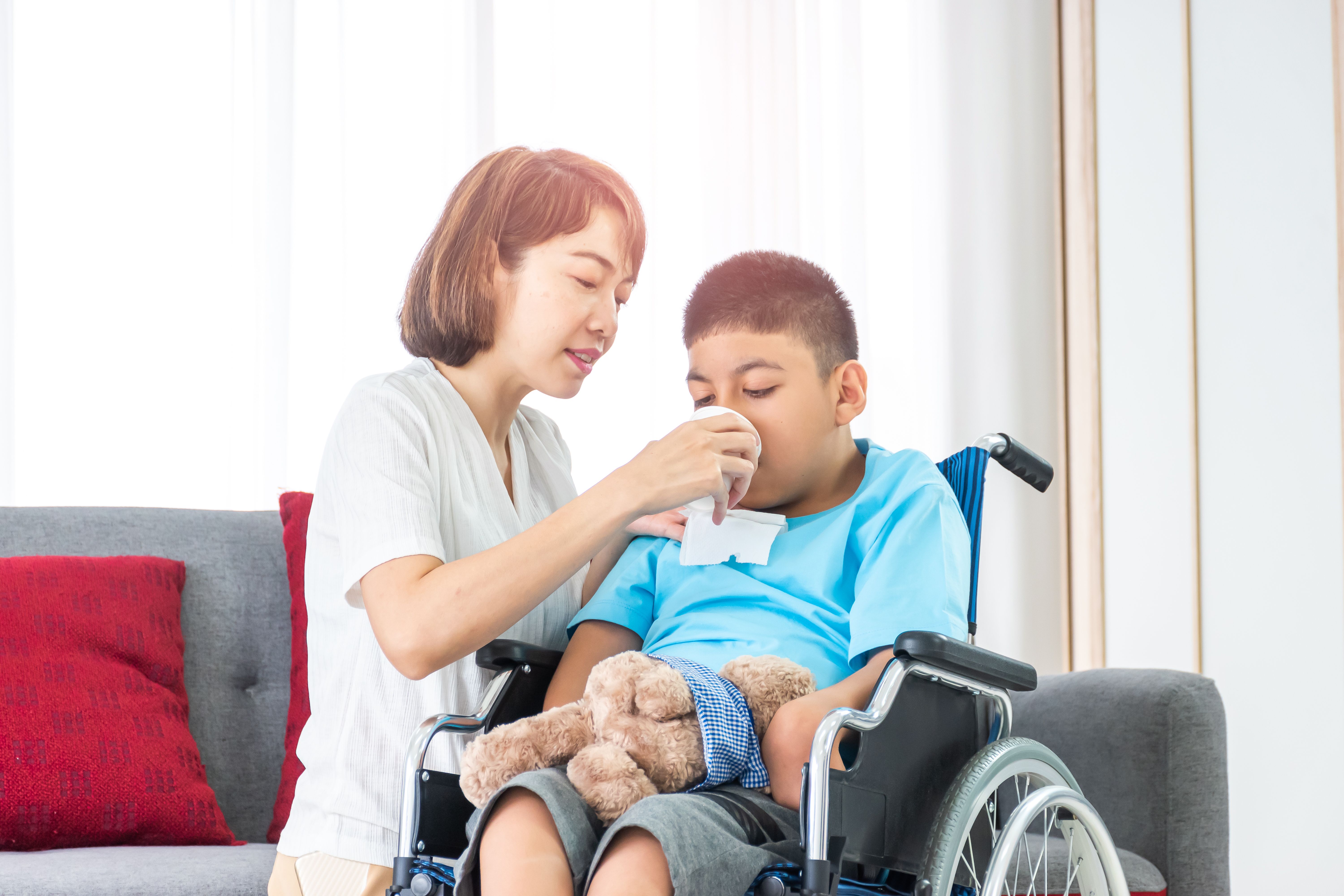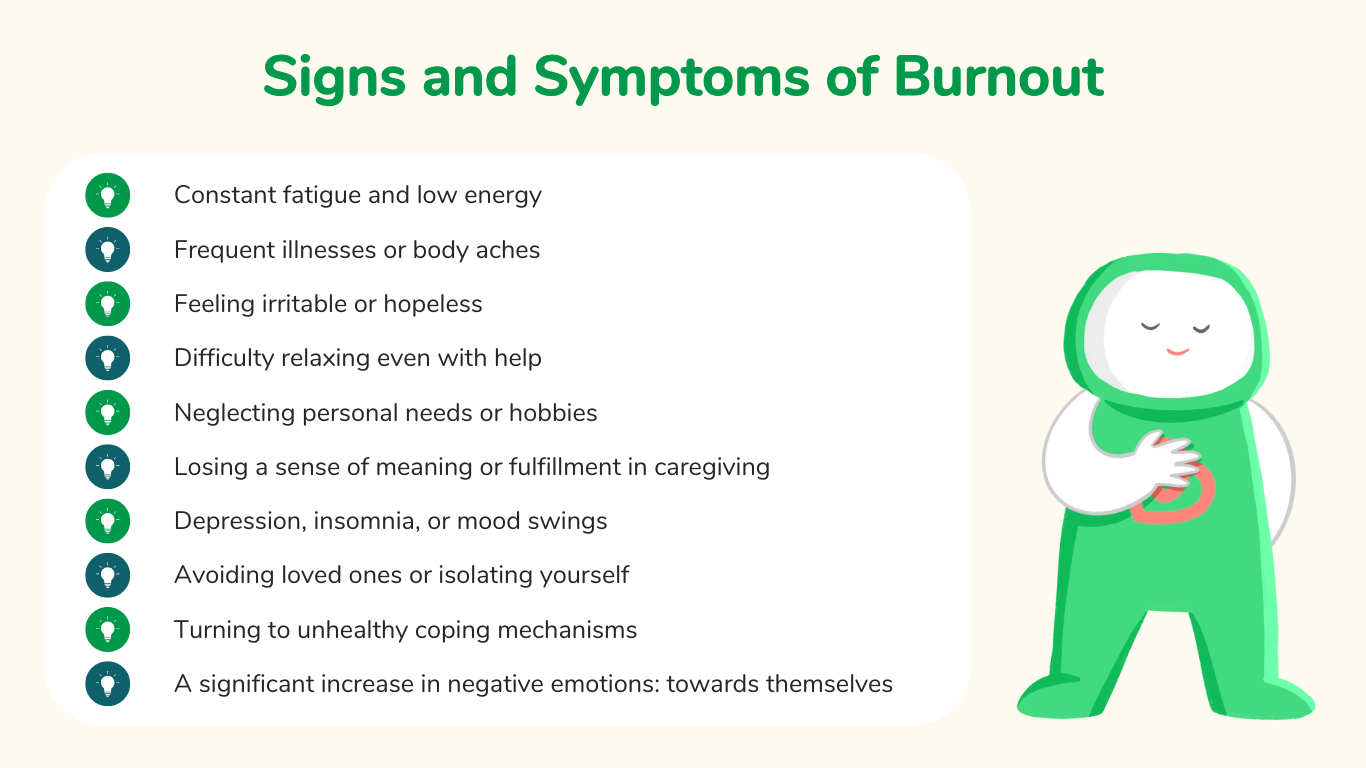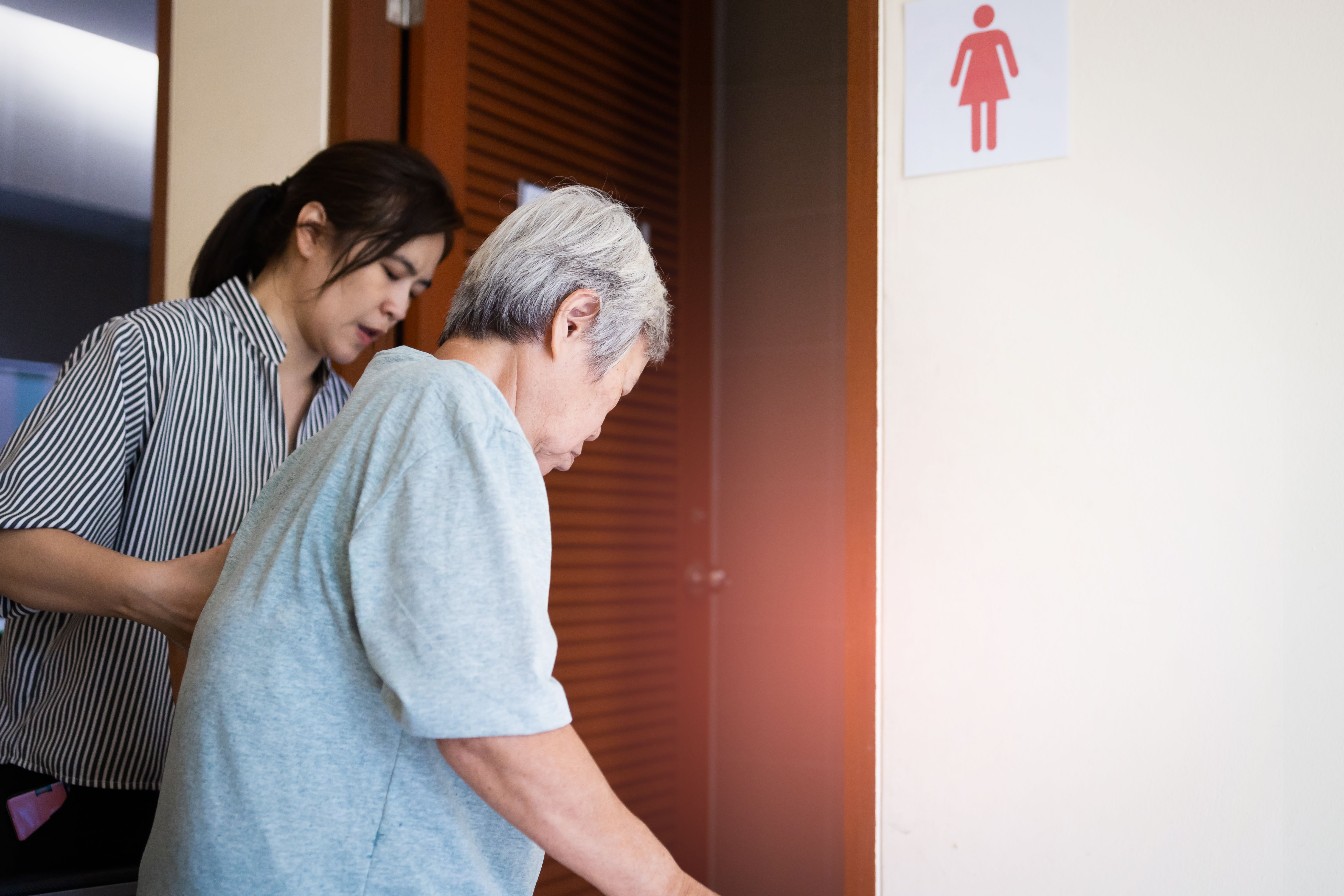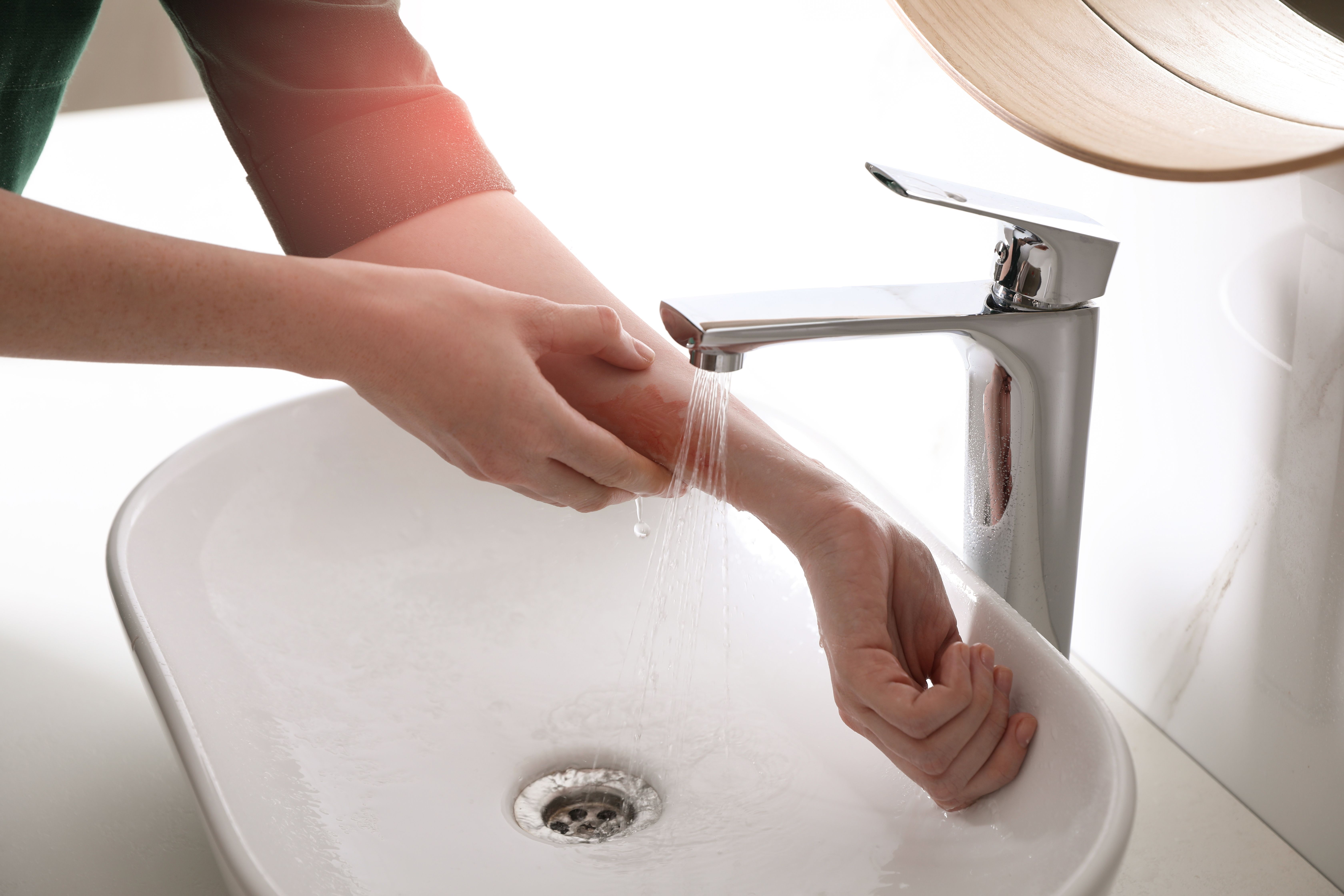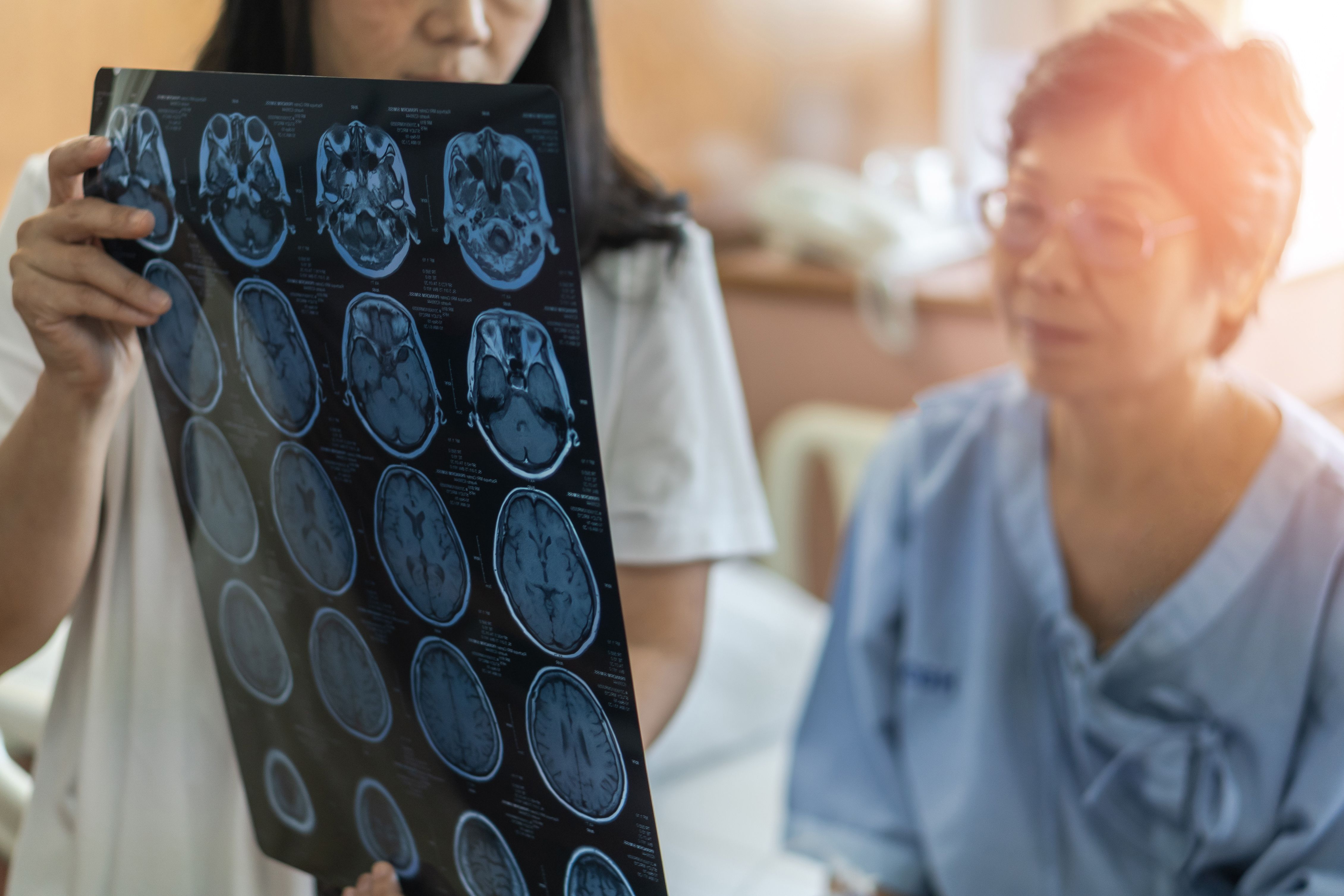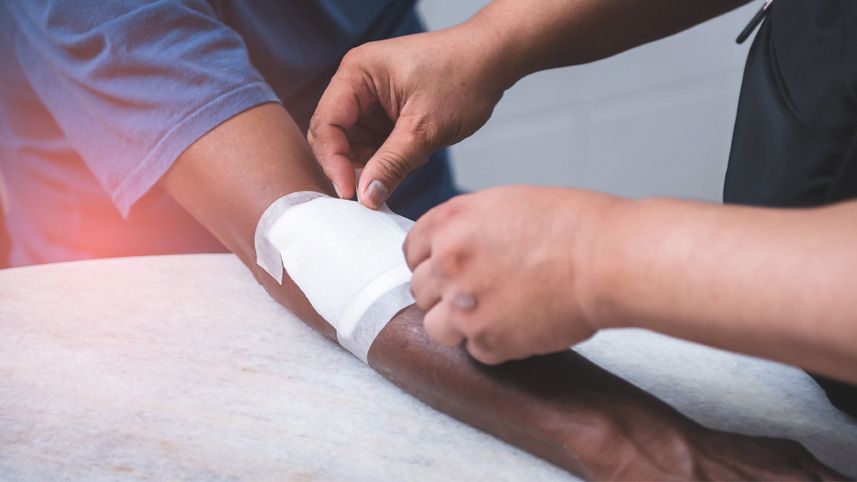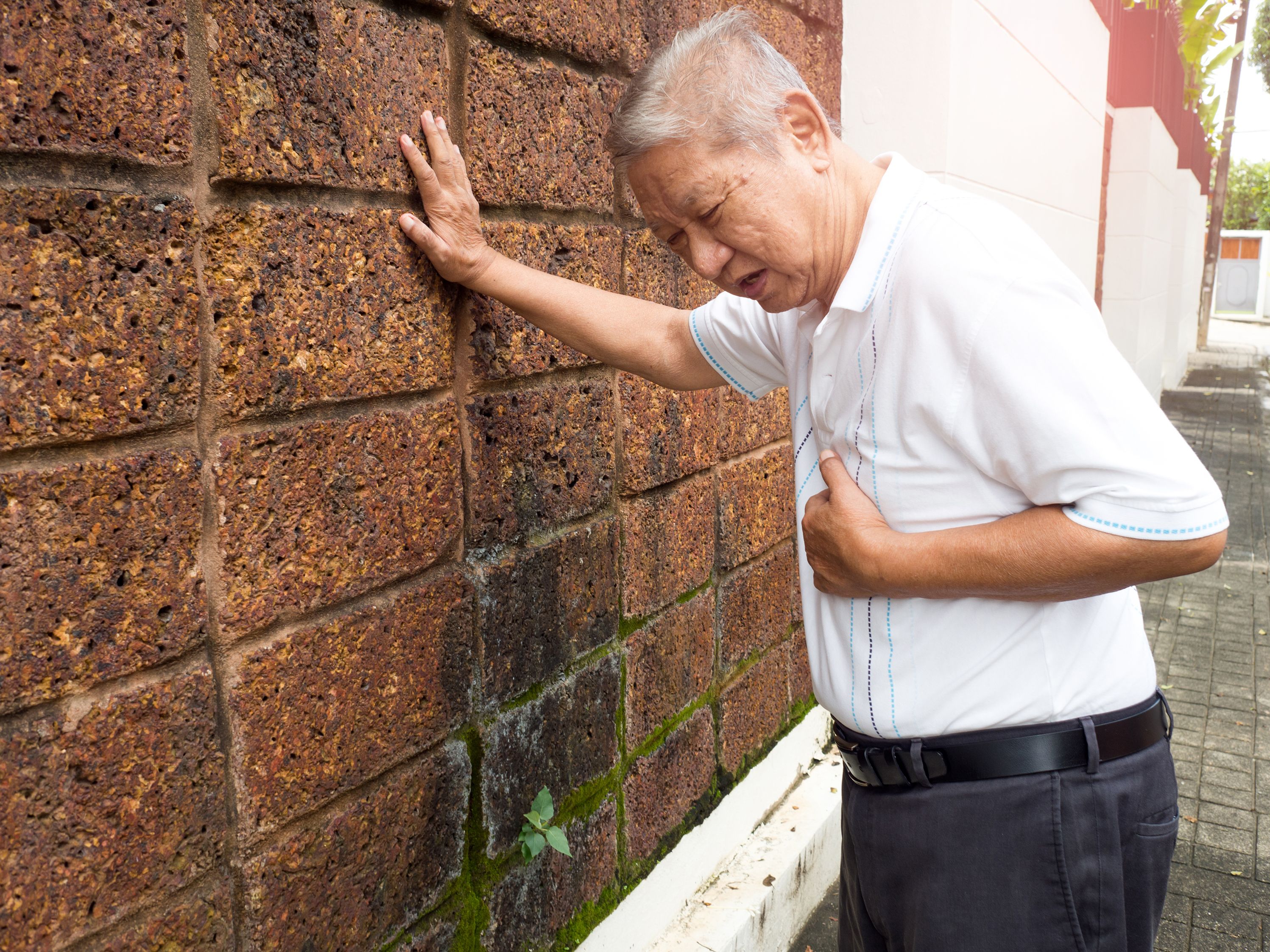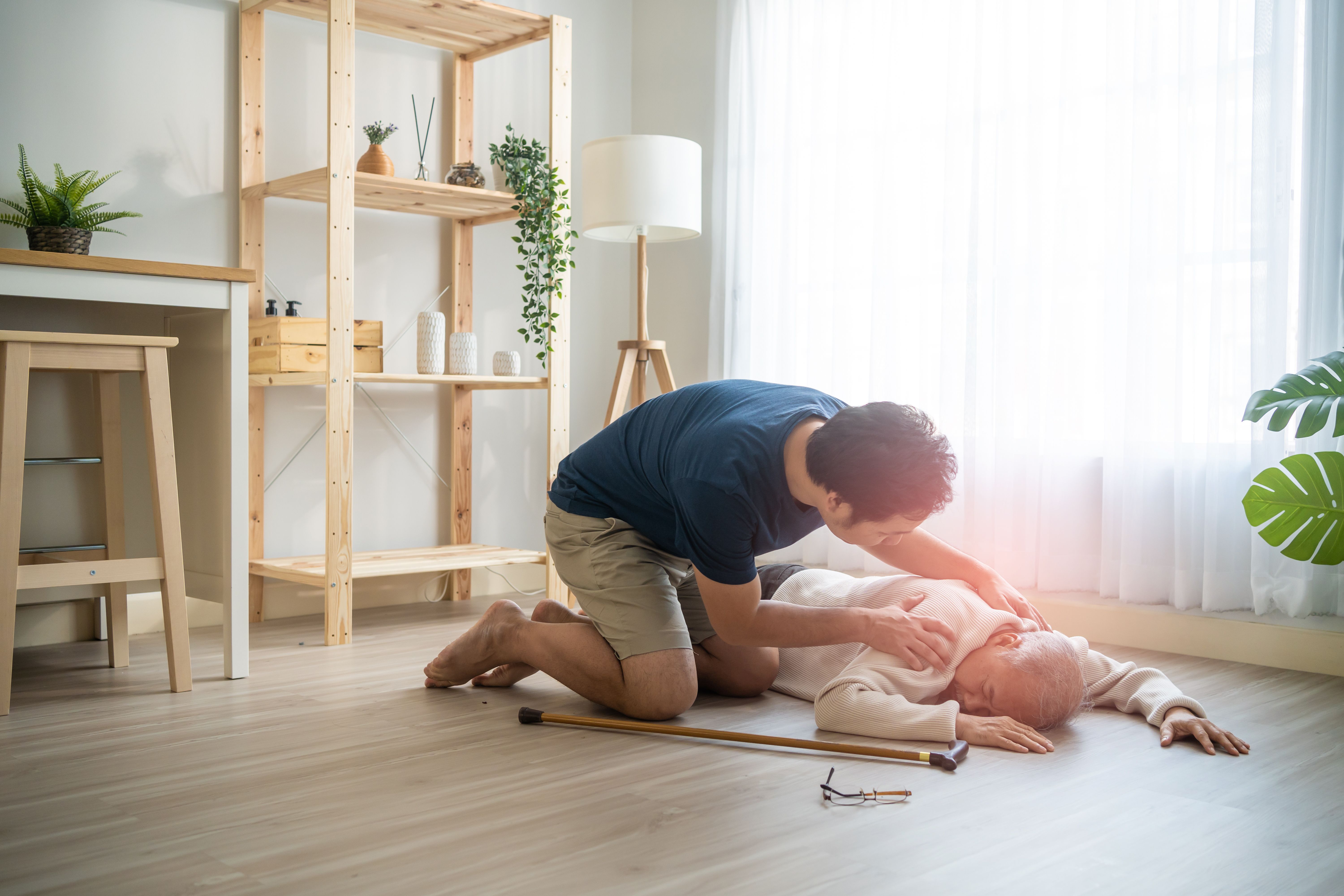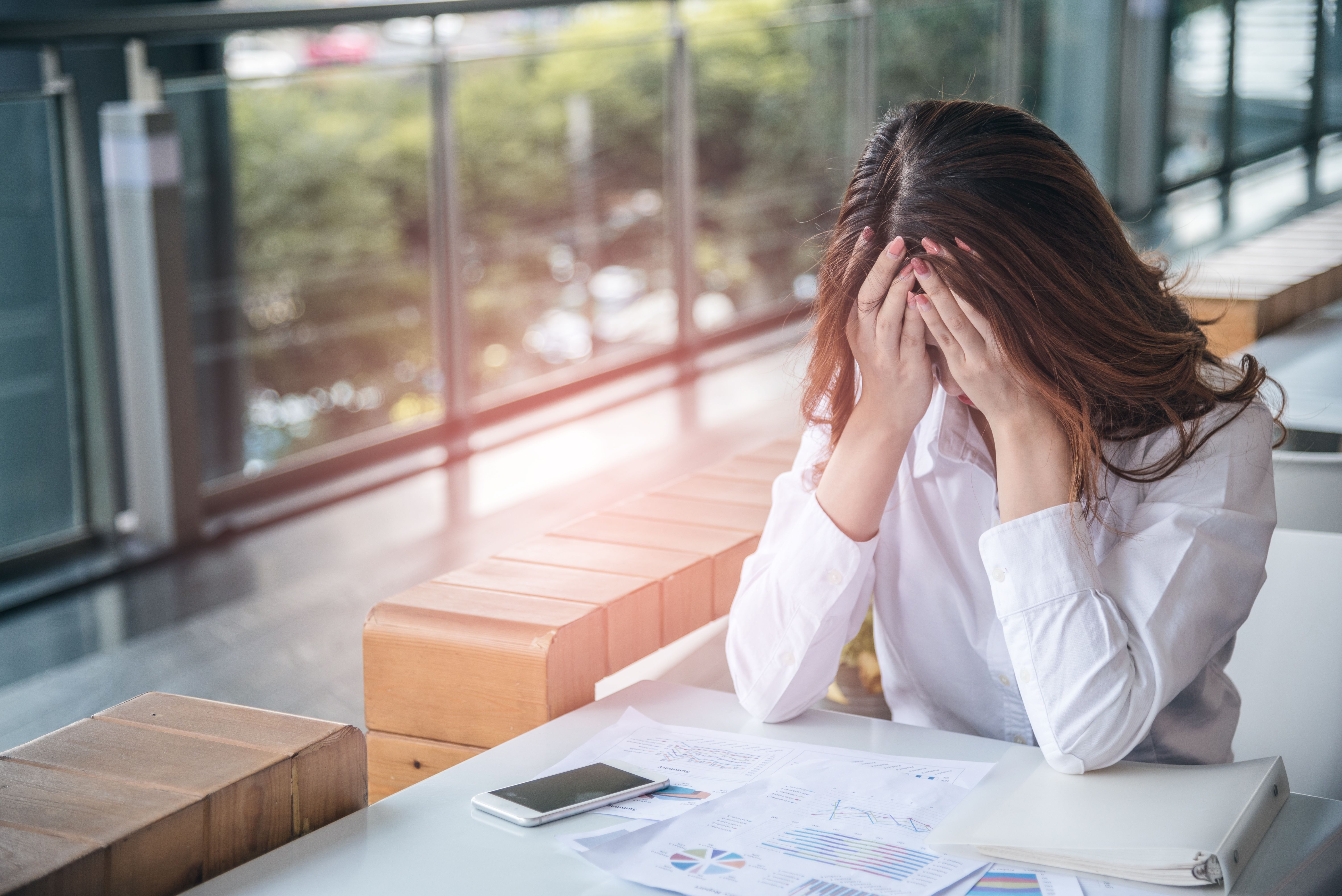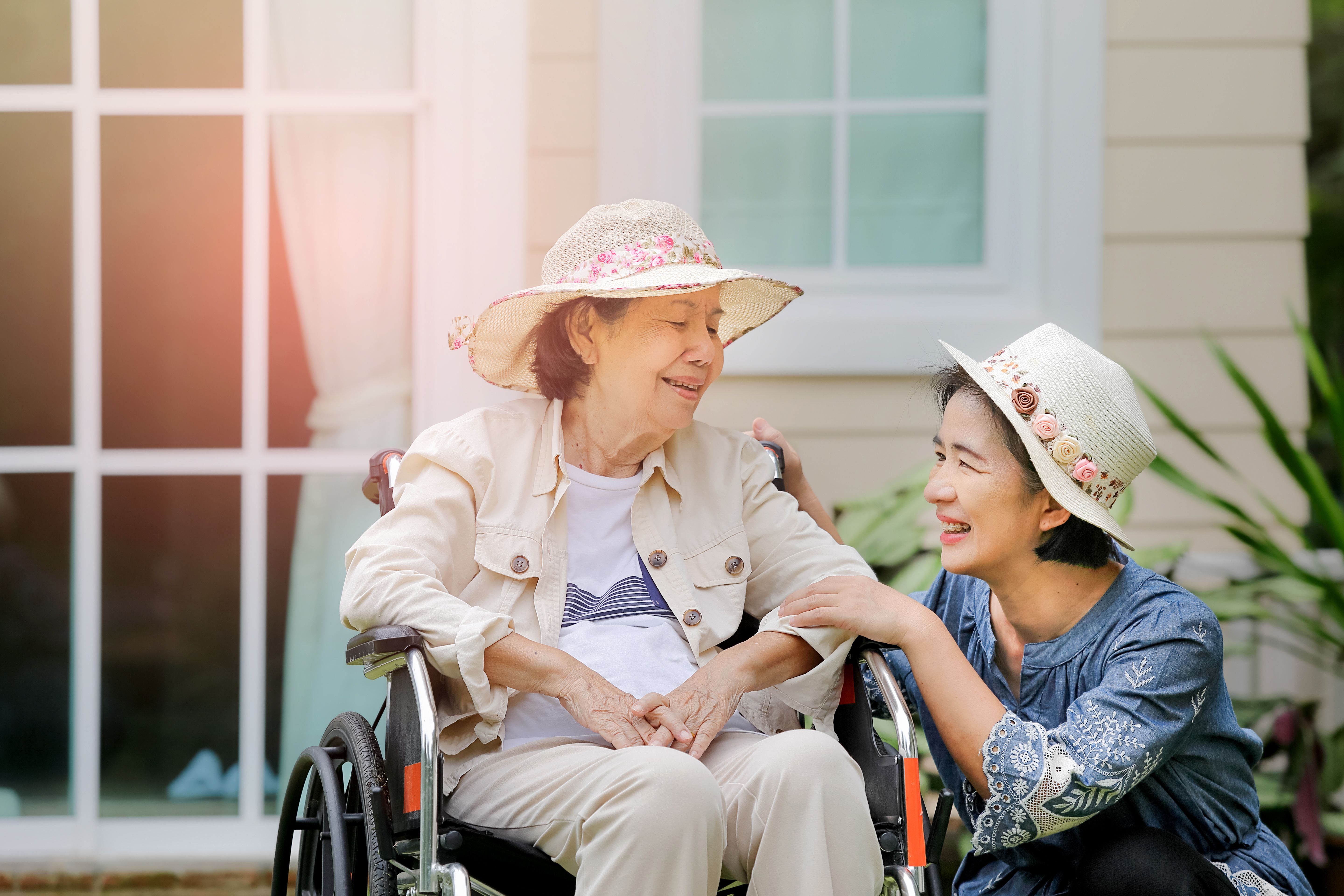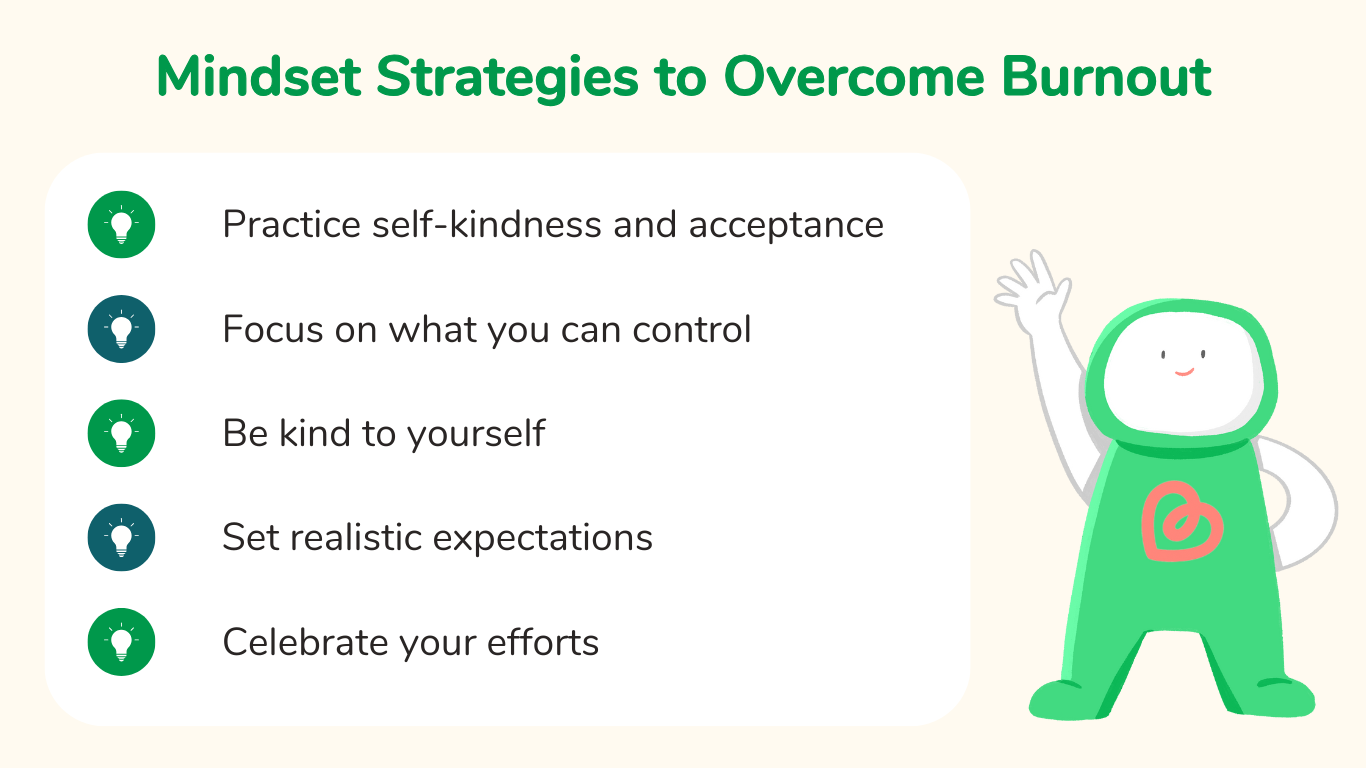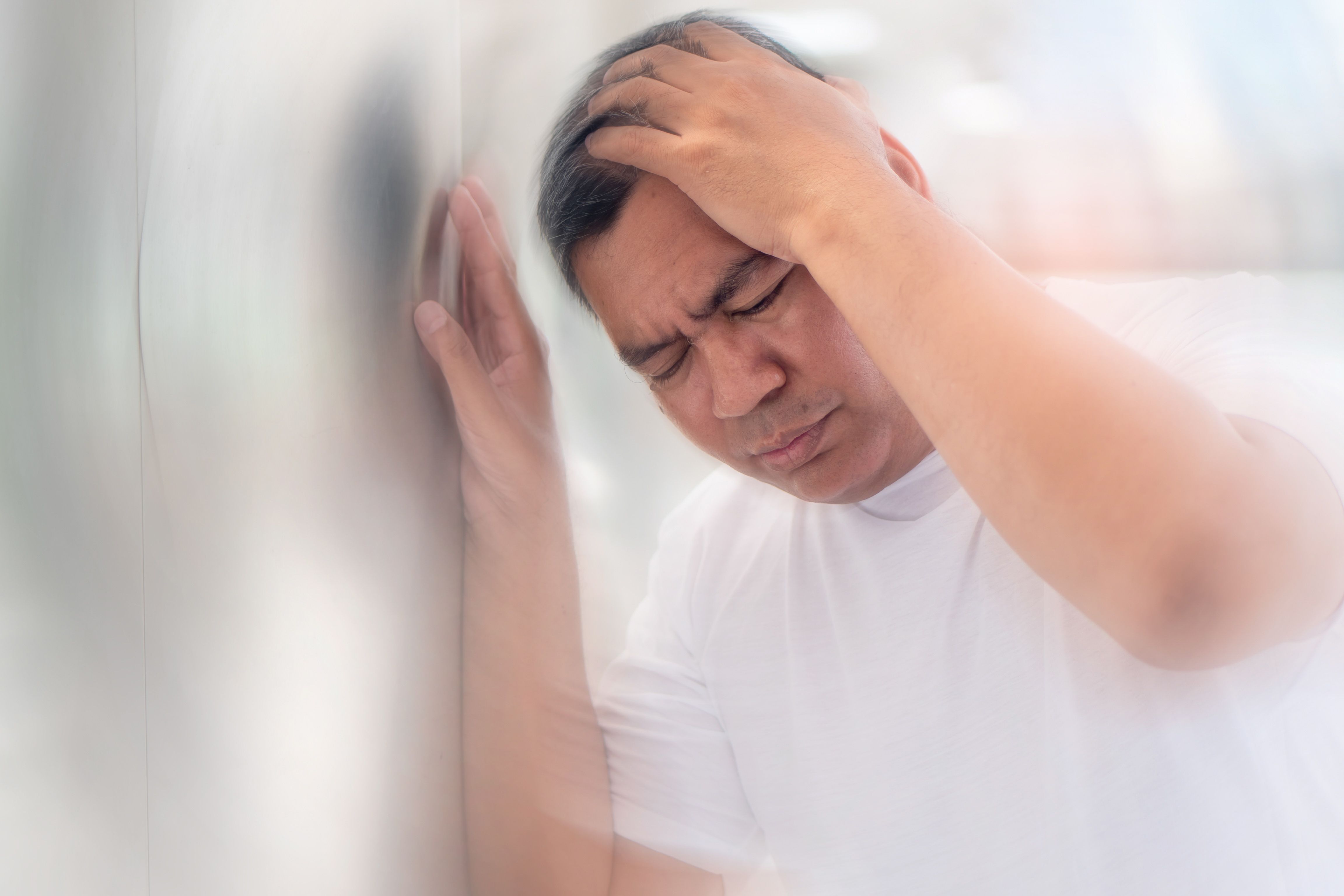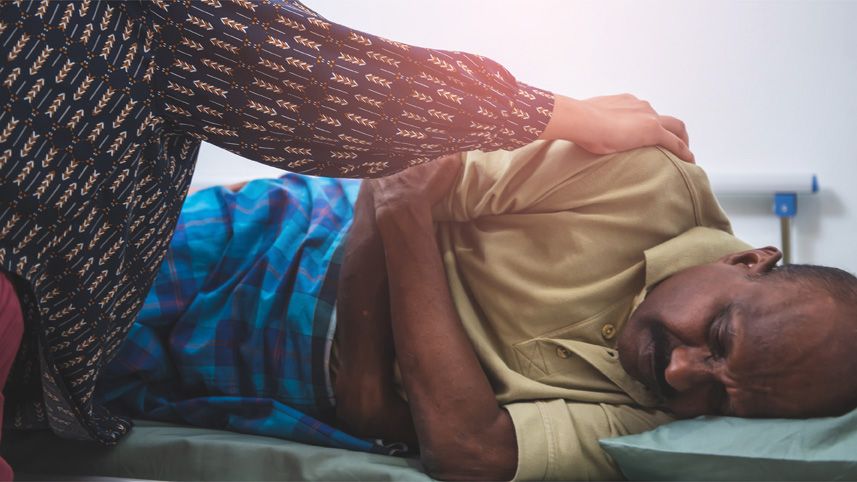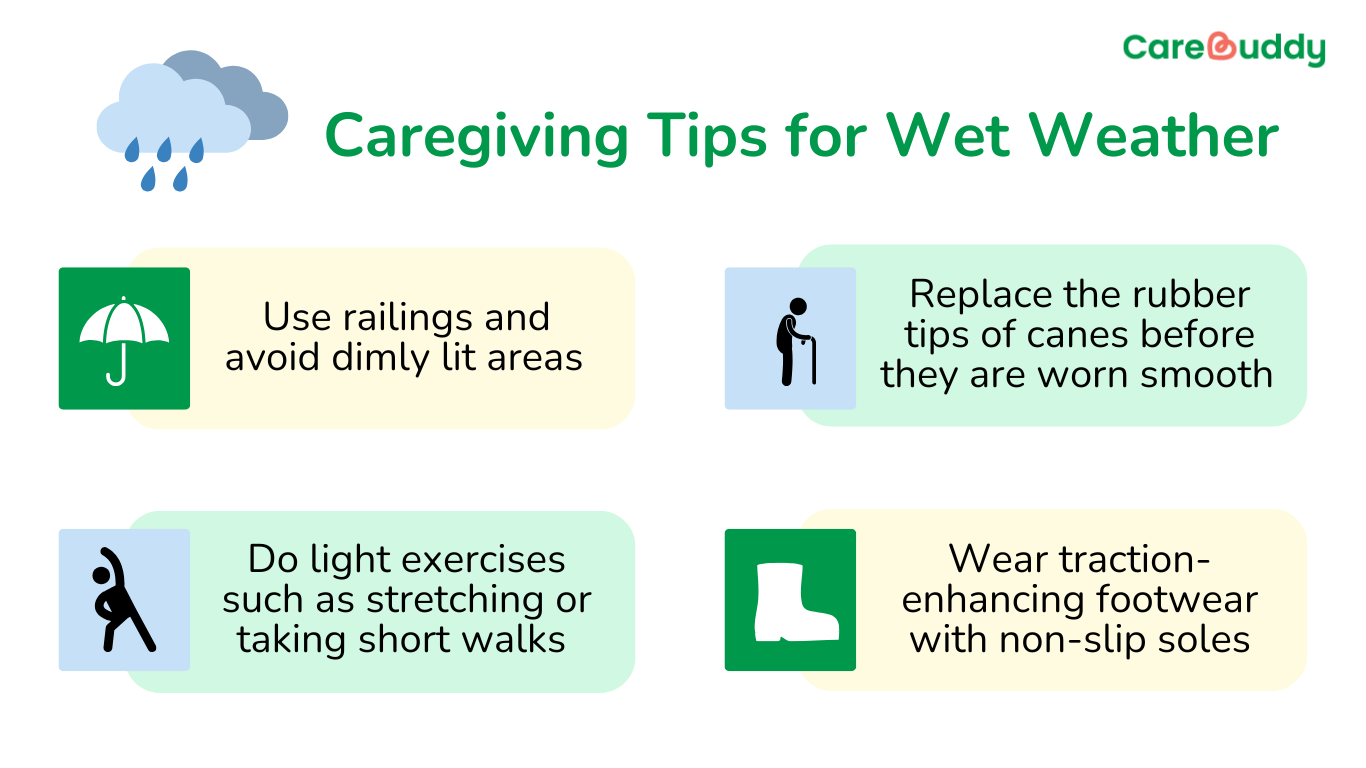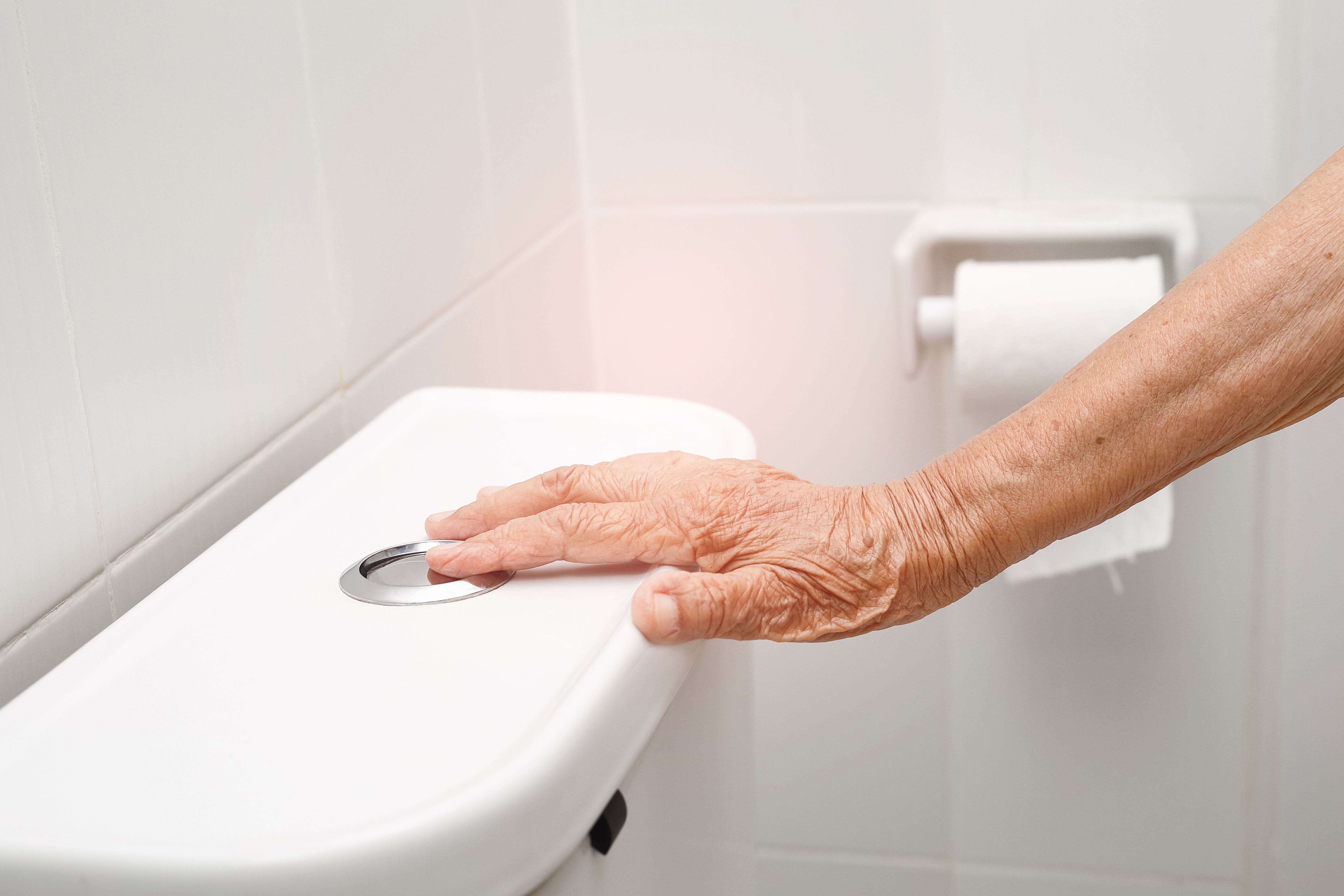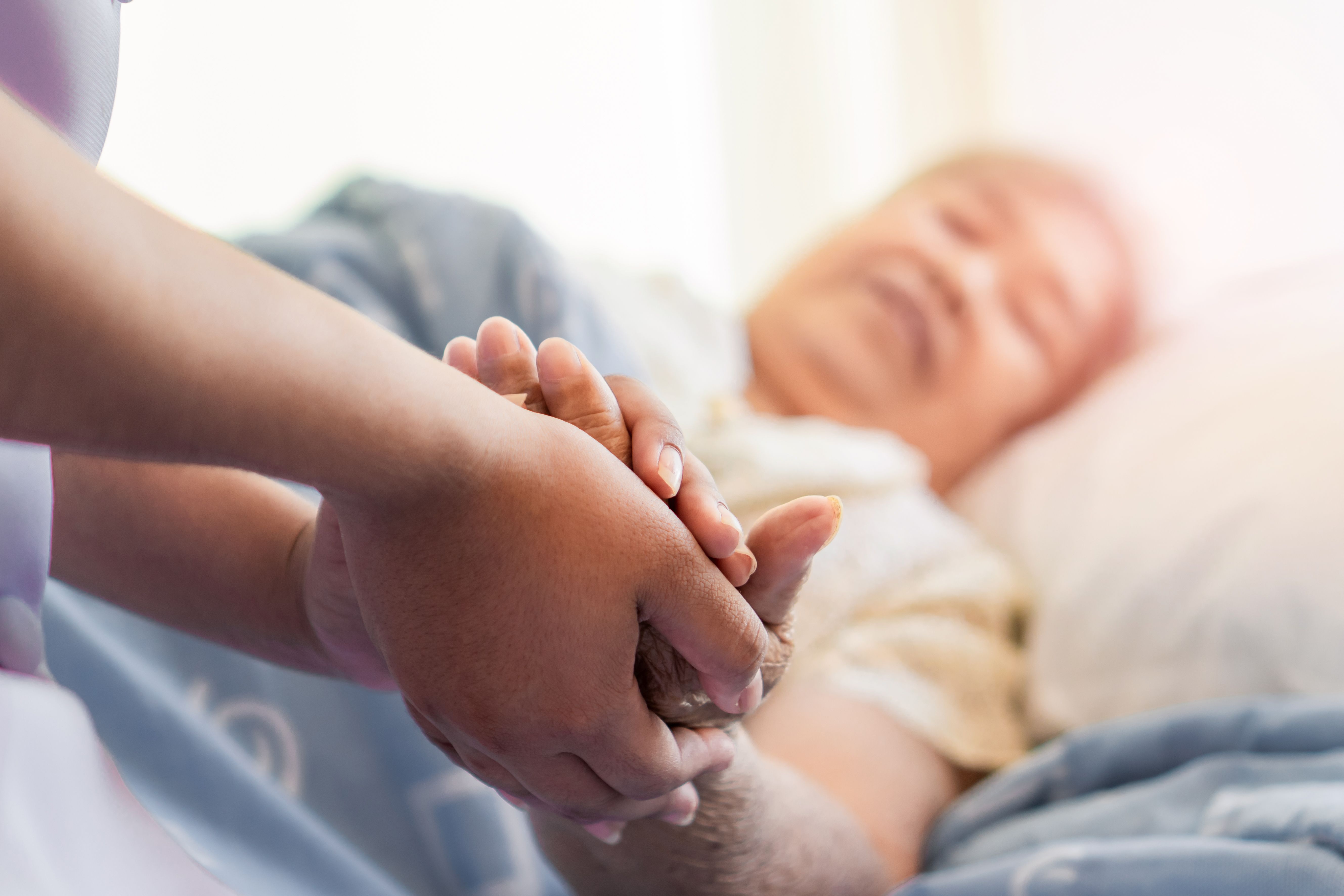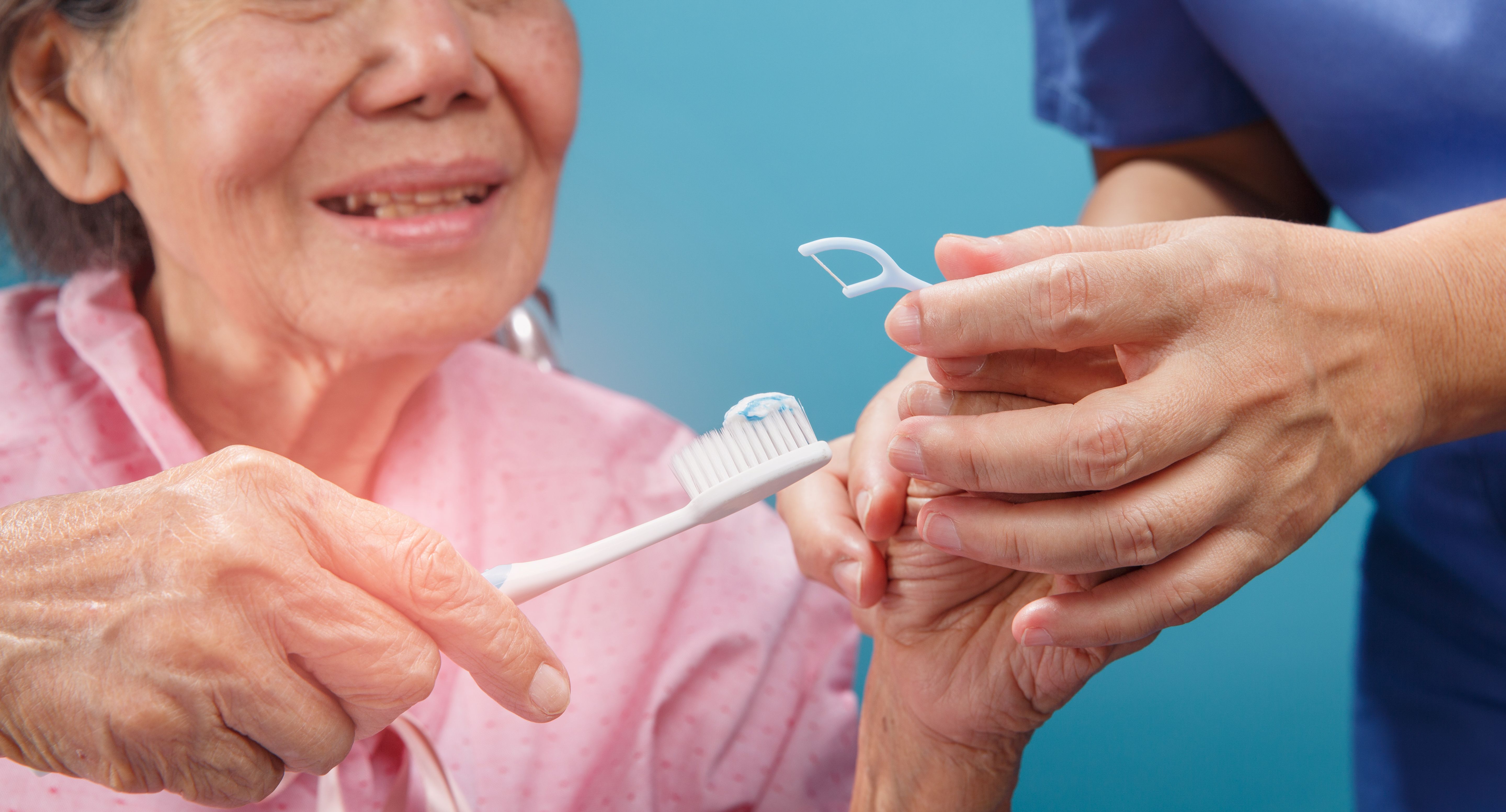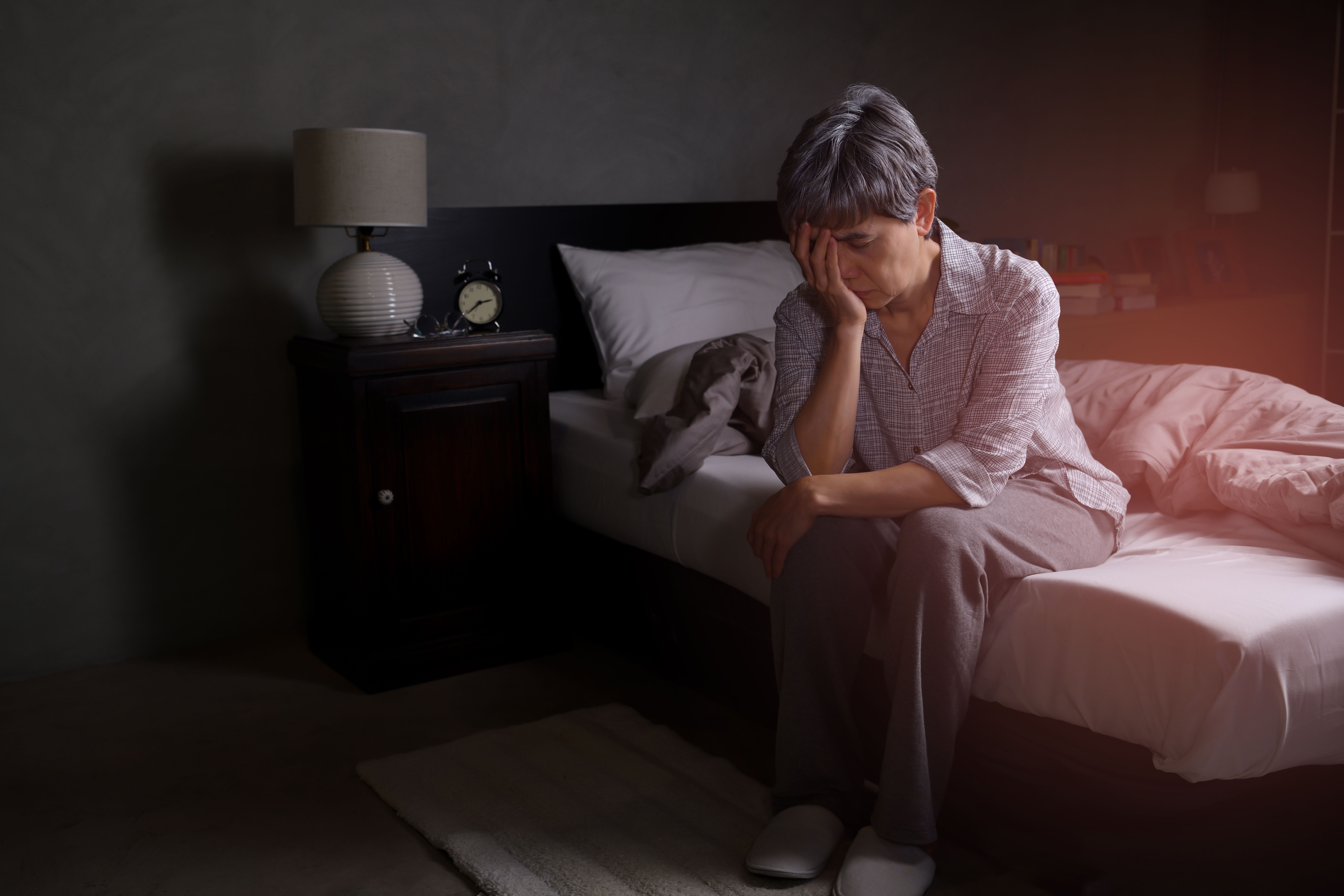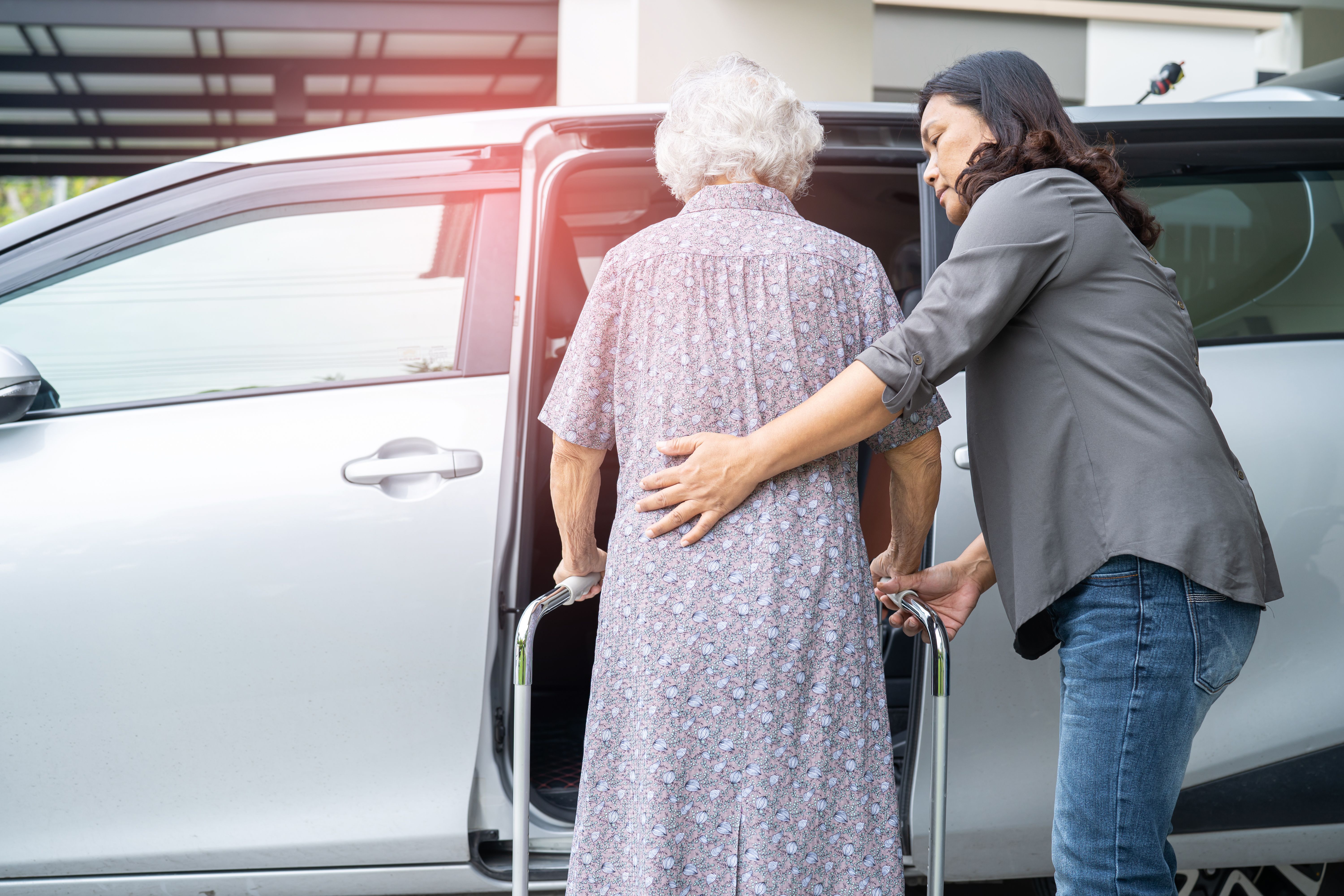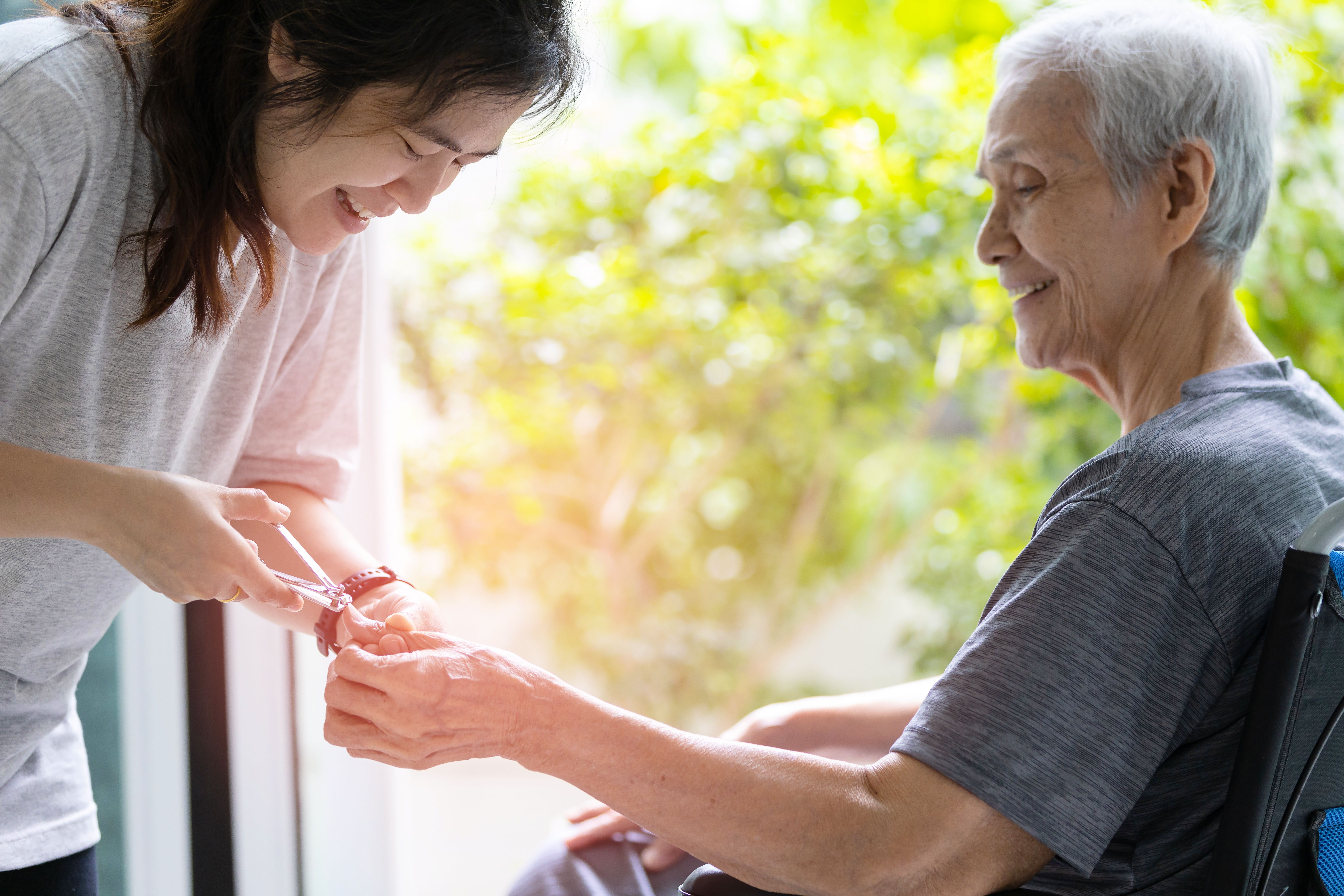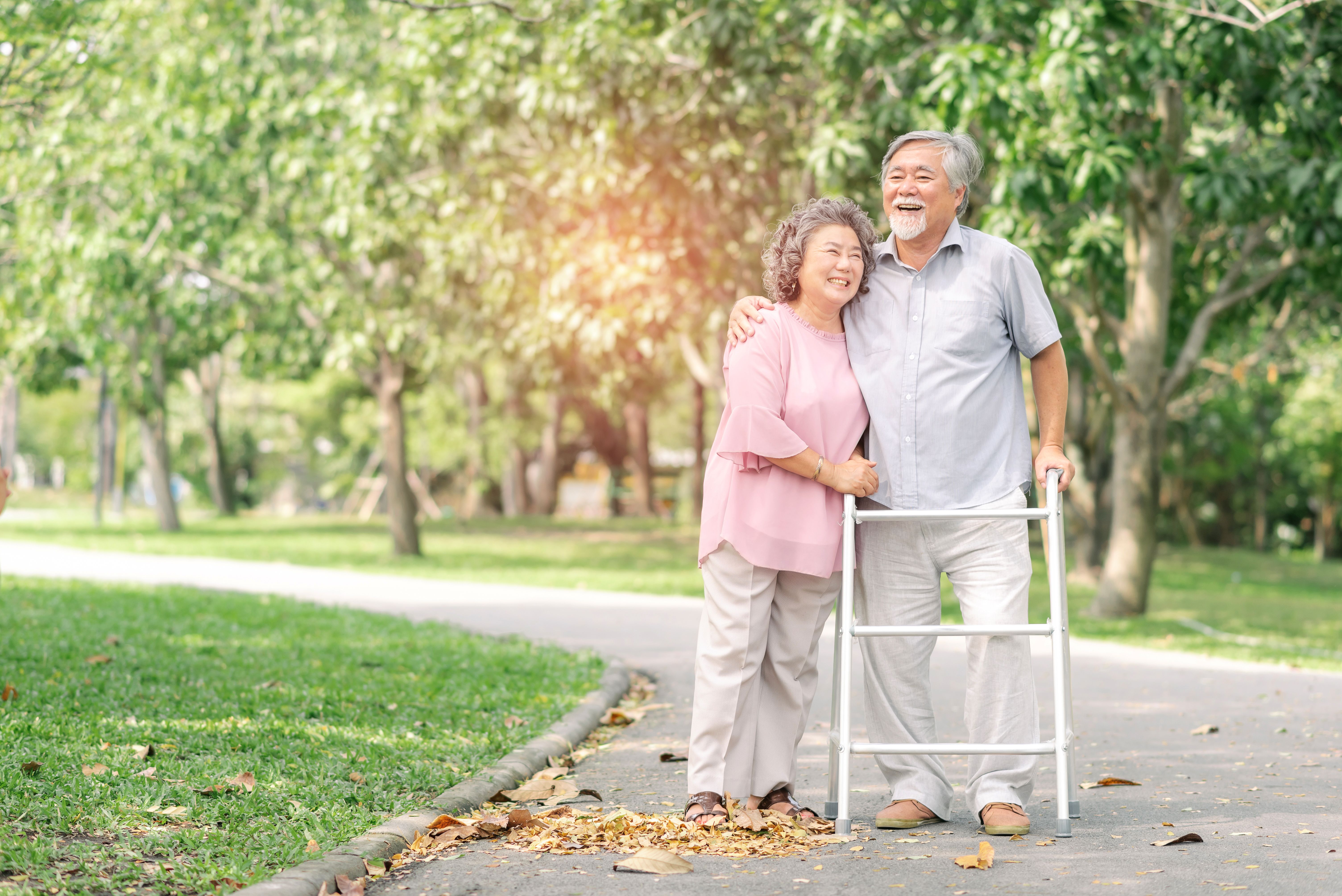AED: What it is and how it can help during sudden cardiac arrest
- CareBuddy
- 4 Mins Read
- 20 Sep 2022
- First Aid & CPR

The Automated Electric Defibrillator (AED) is a lightweight, portable device that comes in handy during sudden cardiac arrest. It saves lives by stopping a life-threatening, irregular heart rhythm and allowing a normal rhythm to resume.
How it works is by analyzing the electrical rhythm of the heart and determining whether the electrical rhythm needs to be shocked. If it recommends that the rhythm needs to be shocked (a shockable rhythm), a user can use its pads to deliver electrical shocks (defibrillation) to the chest so that the heart re-establishes an effective rhythm.
First of all, it’s important to establish the concept of sudden cardiac arrest. This is different from a heart attack, even though the two terms are often wrongly assumed to mean the same thing.
Sudden cardiac arrest is caused by an electrical malfunction in the heart whereas a heart attack is caused by a blockage of the coronary arteries. Sudden cardiac arrest is characterized by an abrupt loss of heart function, breathing and consciousness, whereas a heart attack sufferer is usually conscious and has symptoms likechest pain, nausea, heart burn, indigestion, shortness of breath, sweating, palpitations and giddiness.
As the AED’s very function is to provide an electrical shock, it’s useful only in the case of sudden cardiac arrest. If it’s a heart attack, an AED serves no purpose and could even be counter-productive. Having said that, some heart attacks lead to sudden cardiac arrest, which is why it’s always good to be armed with an AED.
Before we dive deep into how to use an AED, it would be good for you to gain a basic understanding of CPR at [Read Article]
Done with that? Let’s get down to the parts of an AED and what to do with them.
The AED consists of the following items:
- AED pads to be placed on the chest to detect heart rhythm
- Chest Preparation Kit for preparing the chest for the pads
The steps of using the AED are:
- Shave the hair where AED pads are to be placed if time permits.
- Remove jewelry, medication patches and sweat away from pad area.
- If pacemaker is present, ensure that pads are placed at least 4 fingers away from it.
- Turn ON the AED using the power button.
- Place the pads on the area shown on the AED's diagram.
- Plug the connected end of the cable into the AED.
Pictured: AED & AED Pads
Once placed on the chest, the AED will analyze the rhythm and inform you through a voice command whether the rhythm is non-shockable or shockable.
If it’s a non-shockable rhythm, proceed with CPR by starting chest compressions. If it’s a shockable rhythm, administer an electrical shock by pressing the shock button on the AED.
Continue performing CPR and AED electrical shocks (if shockable rhythm is advised) until
- Casualty wakes up or resumes normal breathing
- Professional medical help arrives; or
- AED prompts you to do so
After you’ve finished using the AED, follow the 4 R’s of housekeeping
- Replace items used
- Recheck or replace battery
- Replace defibrillation pads
- Return the AED to its original place
Article reviewed by Dr Peter Ting, Medical Director and Cardiologist, StarMed Specialist Centre.
